Argyle Ribbon Public Art Project
What is this Project
The Argyle Ribbon is a series of 50 art panels that tell the story of the Argyle area. Measuring in at 100 feet long, this project represents the people, history, and culture of the Argyle community and celebrates the past, present, and a vision for the future of Argyle and the people who call it home.
Why this Project is Important
Argyle is a vibrant and vital part of London, deserving of recognition for its history and contribution to the city’s development. The area began as forested land, stewarded by the Anishinaabek, Haudenosaunee, Lūnaapéewak, Attawandaron and Chonnonton, the indigenous people of this region. After colonization, European settlers transformed it into farmland that would grow into a thriving modern industrial area. Argyle continues to be home to farmland and industry, with a thriving commercial corridor, affordable residential areas, and most of all, a community.
How Did it Get Started
This project was first conceived by Sam Cox in 2022. As architect and owner of the Clark House, the only recognized heritage property in the Argyle area, he brought the concept to the Argyle Business Improvement Association (BIA) to see if we could help him make it a reality. The Argyle BIA Board of Directors saw enormous value in the project and agreed that it was an opportunity to shed light on the often overlooked Argyle area. Grant applications started as early as 2022, but it wasn’t until 2024 that Bethany Mejia, Executive Directory of the Argyle BIA, wrote the application for the My Main Street Grant and secured funding for the project.
How Did We Make this Project a Reality
This public art installation couldn’t have come together without the local expertise and skill found in our city of London from initial conceptualization, to the development of the art, and to the final fabrication. Below is a step-by-step timeline of how we actualized this project and all the talented people involved in it.
1. Thanks to Sam Cox, the project foundation was well laid but we wanted to make sure we got community feedback to shape the scope and intent of the project. We spoke to the community at various events for feedback and spoke with local historians for additional research. We also hired an indigenous consultant by the name of Mikaila Stevens, to make sure all the voices that reside in Argyle were heard.
2. We secured the services of three artists to help us bring the research and feedback to life. Amsa Yaro, Sharmistha Kar, and Anindita Chakraborty worked out of Trinity United Church located on Hale Street using traditional paint media (primarily acrylic) onto plexiglass panels, custom cut for us by Polymer Shapes.
3. After the art was finished, we had the pieces scanned into high resolution digital copies by Mercury Blueprinting Inc.
4. Leah Thomas, the Creative Director of the Argyle BIA, then prepared the work for large-scale reproduction, adding a number of artistic elements digitally to expand on the fantastic work of the original artists.
4. Once the digitized versions were complete, Jake Demelo and Curtis Gambietz of Auto Trim Design printed the panel designs as layers on different types of vinyl to emulate the effect of the original pieces. They also very generously donated in-kind services.
5. Finally, we worked with Blair Gallan of Iron-Man Welding to fabricate the metal mounts to showcase the art on the lawn at the Clark House (1903 Avalon Street).
We want to also acknowledge the work of Elexus Upton of Blue Sapphire Photography who has been handling the social media/marketing aspect of this project for us.
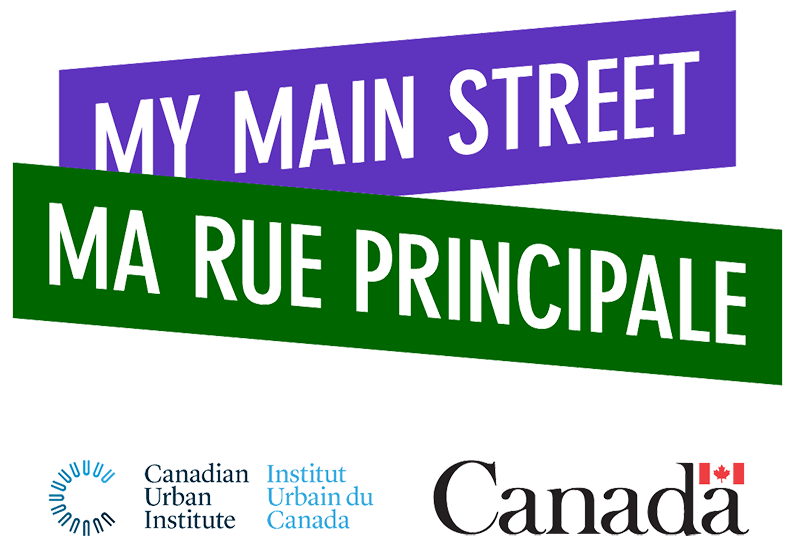
We cannot overstate our gratitude to My Main Street as this project could not have happened without them. Not just for the funding, but for the opportunity to bring this project to fruition at the highest level possible.
On behalf of all of who had the privilege to work on this project, we thank you for supporting and prioritizing local community placemaking projects across southern Ontario.
This project is supported by the My Main Street program, the Canadian Urban Institute, and the Government of Canada through the Federal Economic Development Agency for Southern Ontario (FedDev Ontario).
For information about the content/context of the artwork, click any of the panels to find out more!
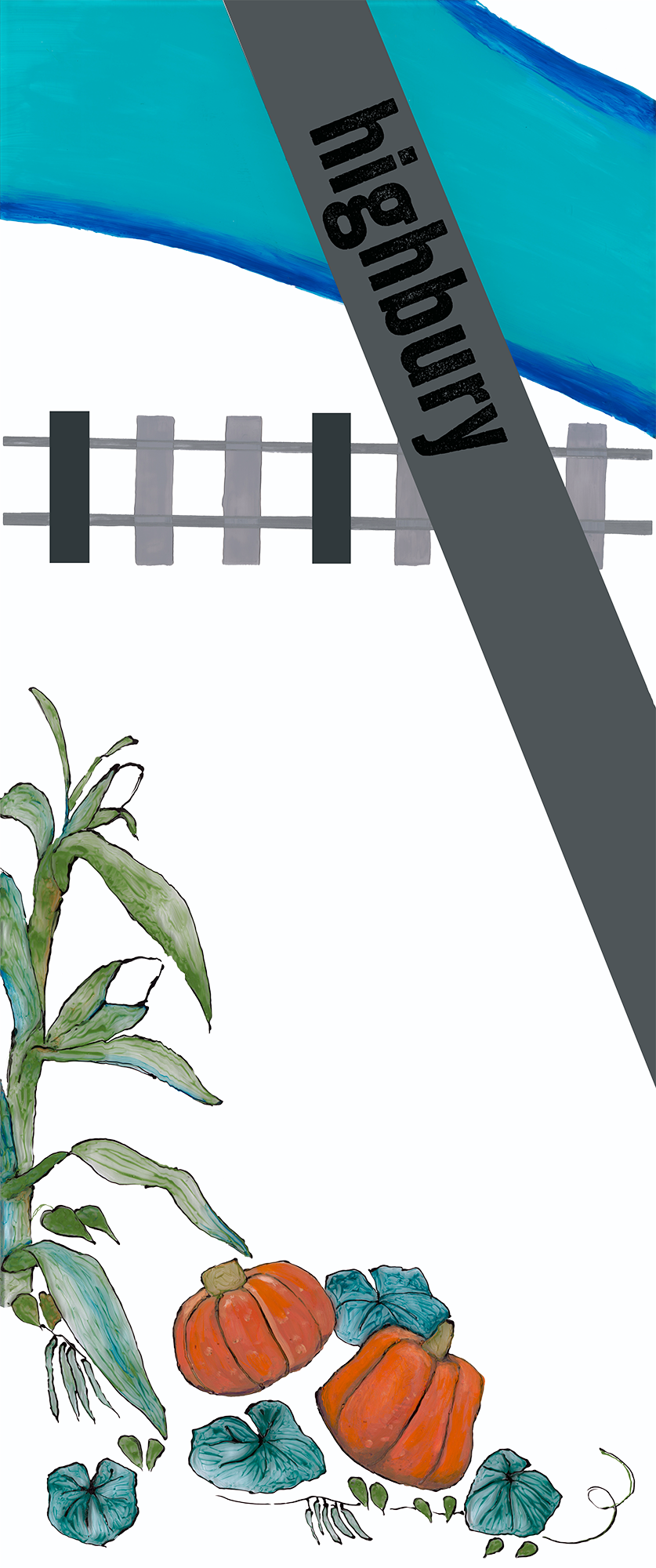
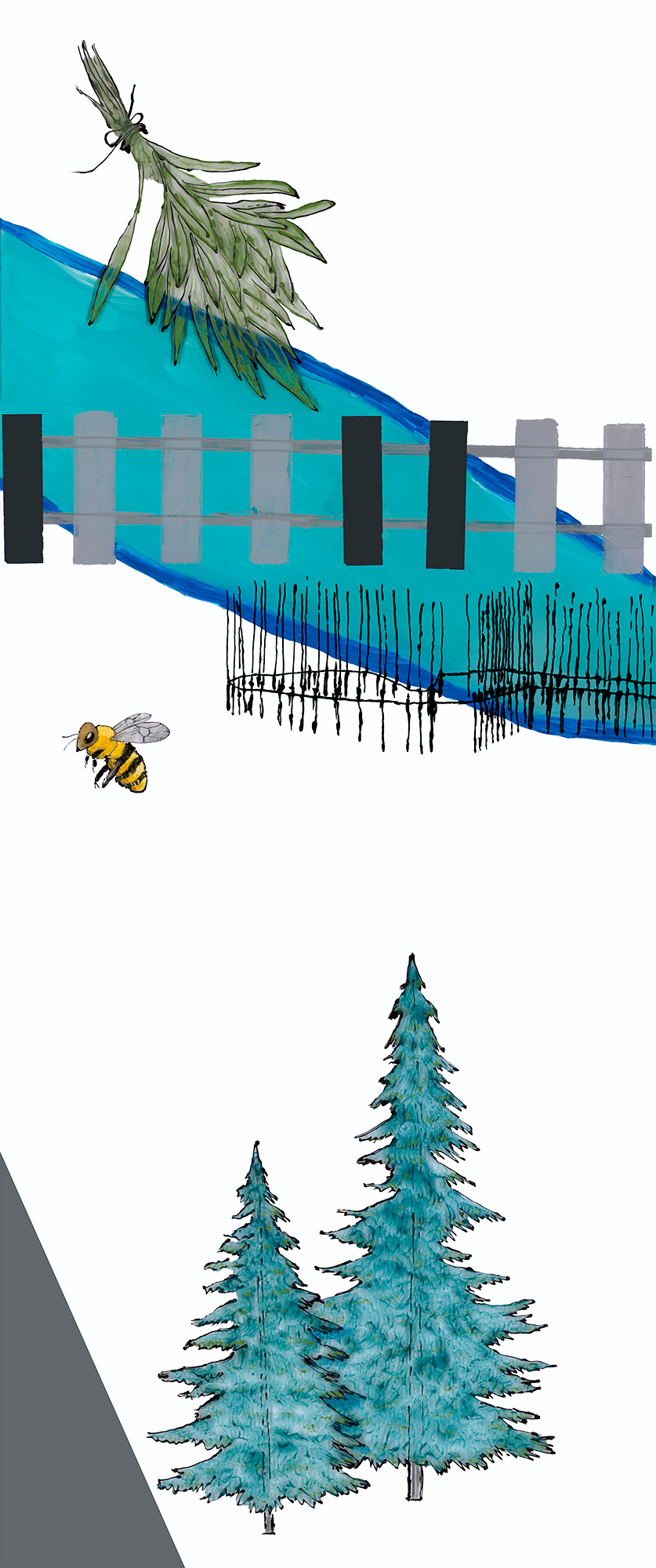
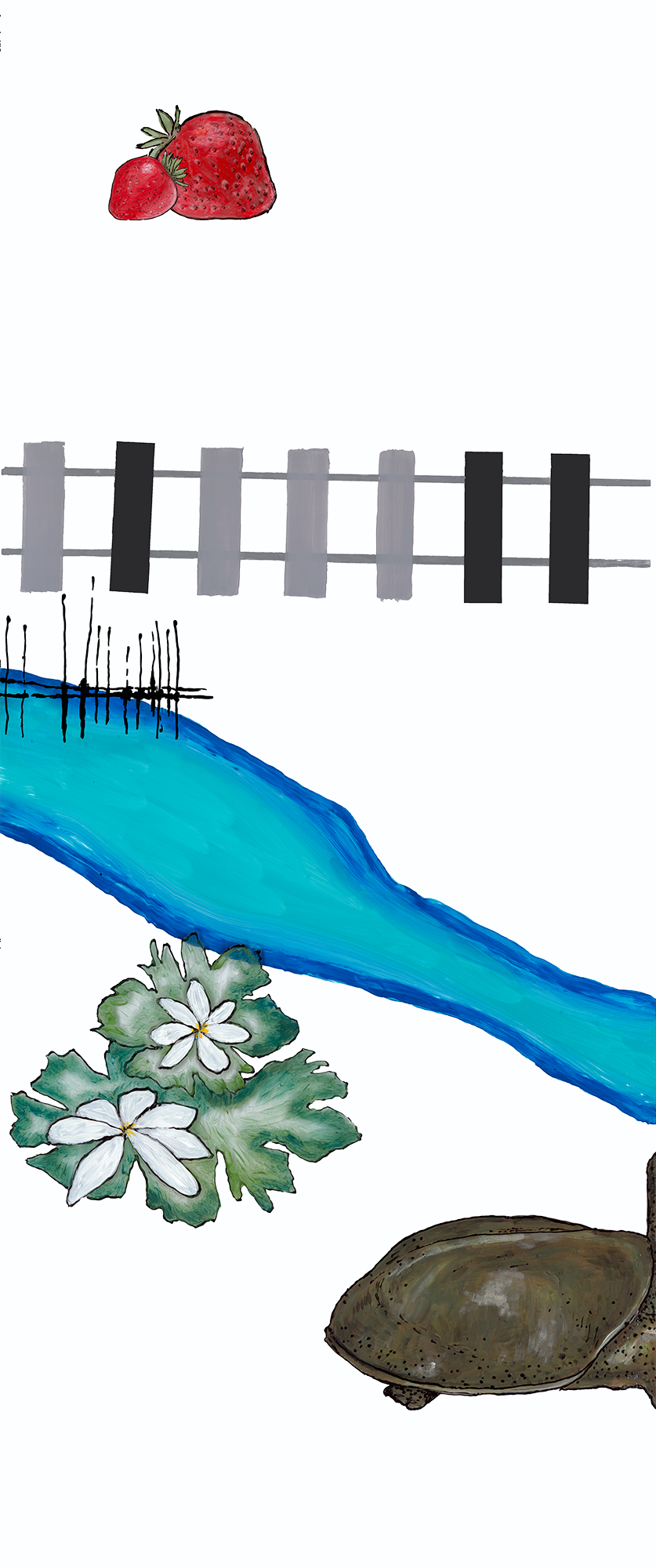
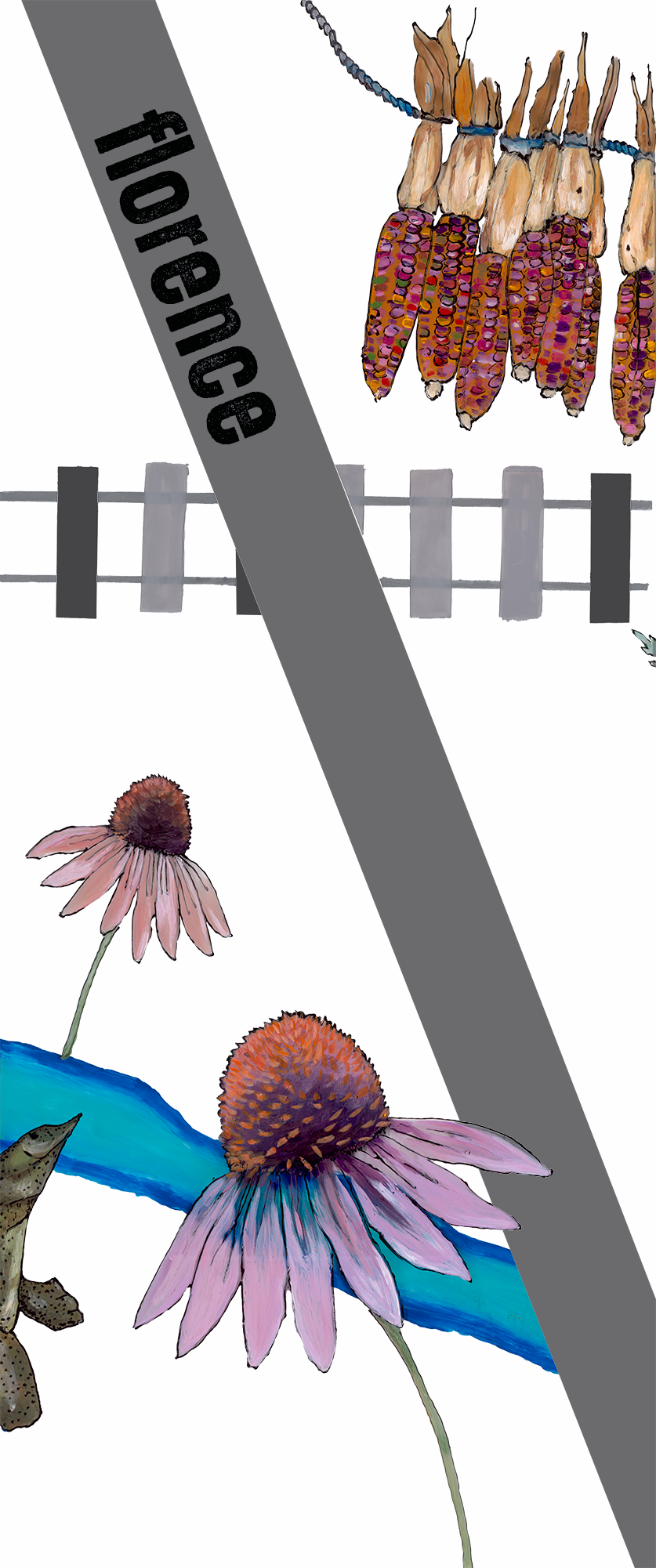
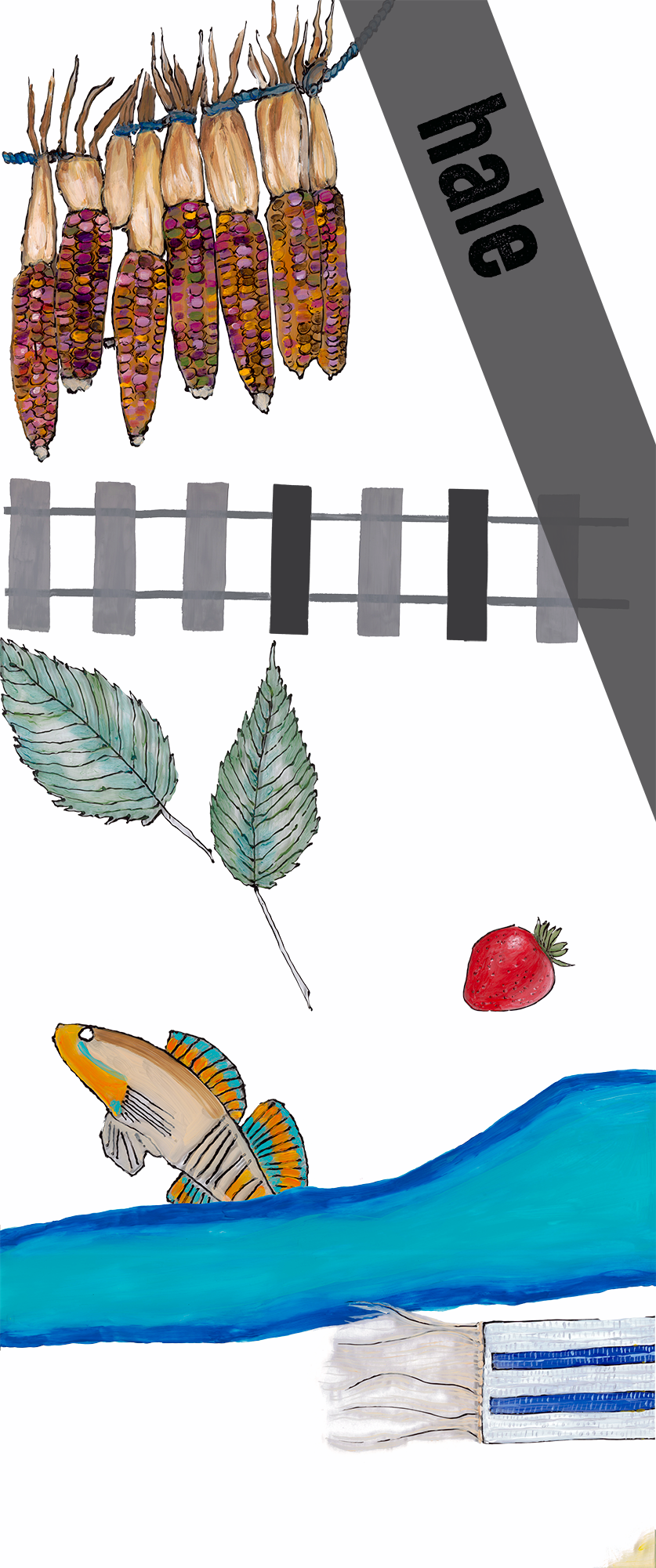
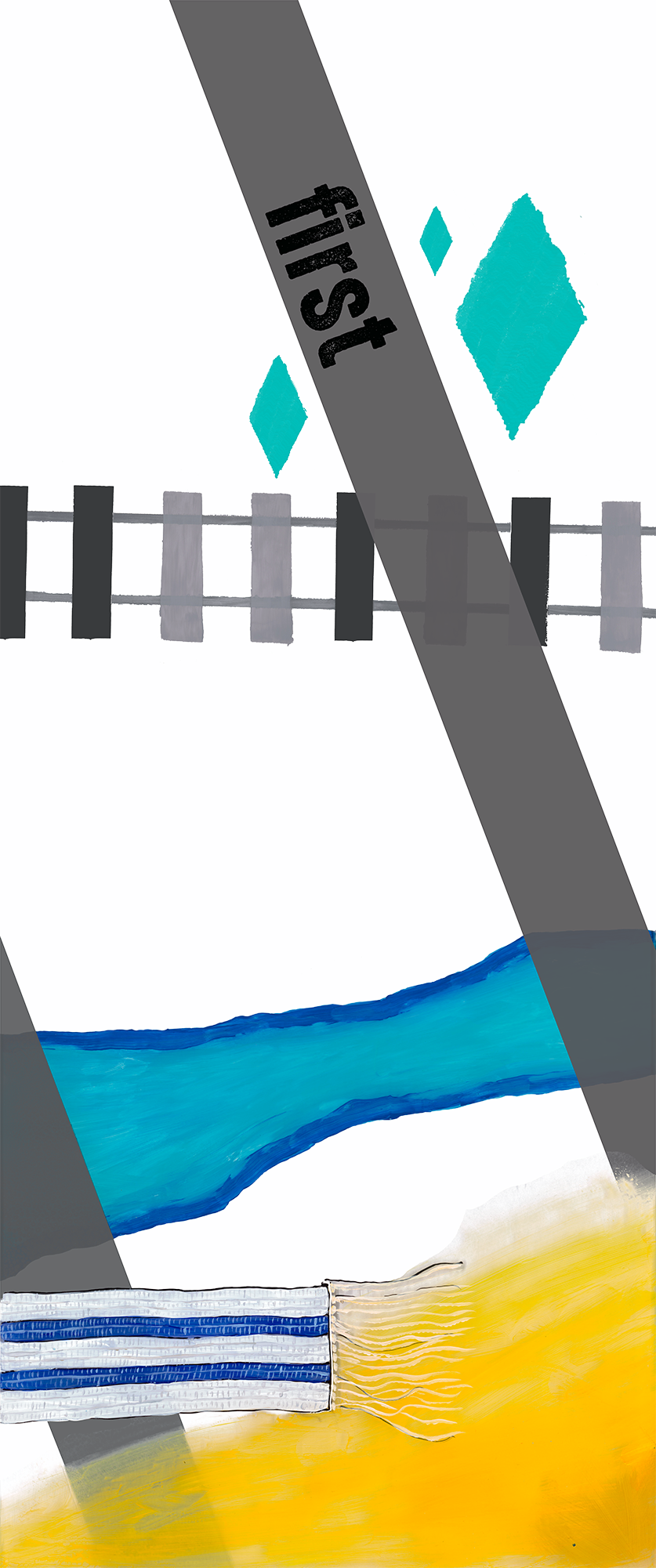
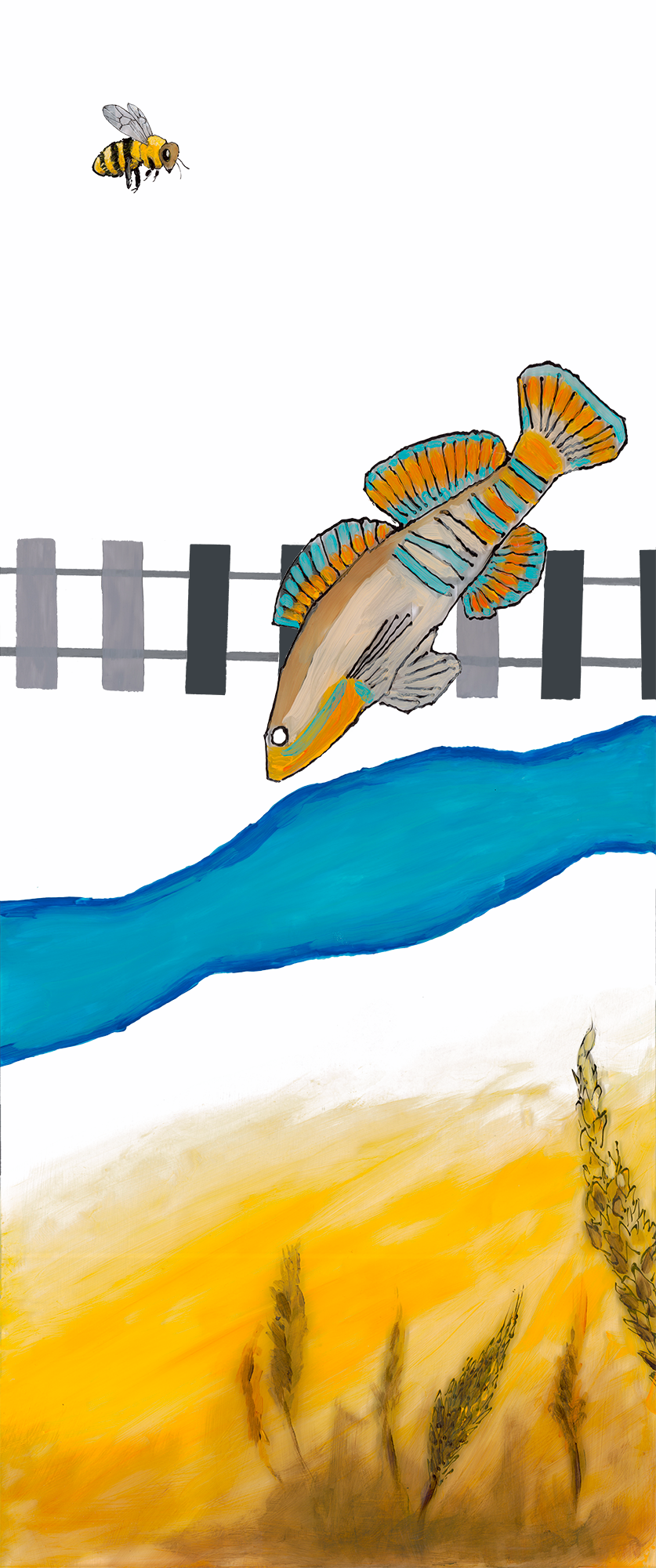
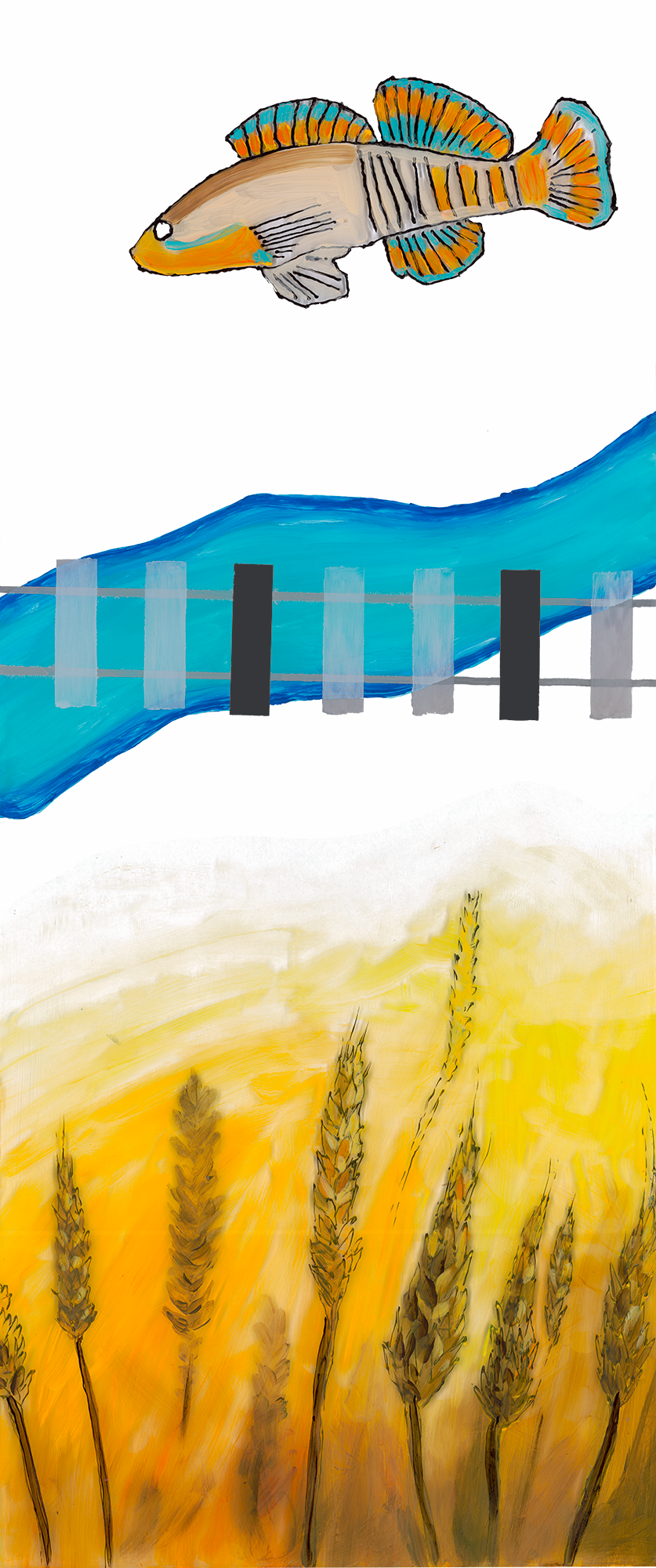
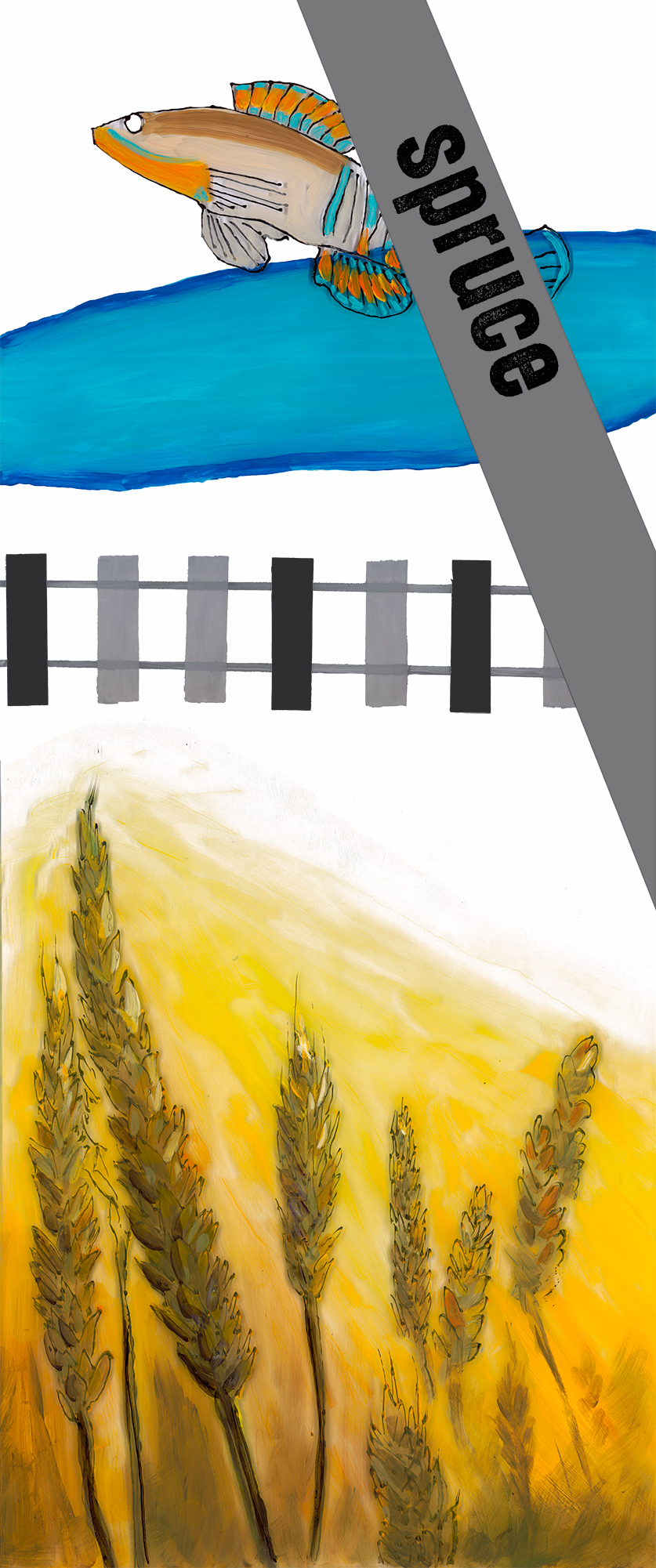
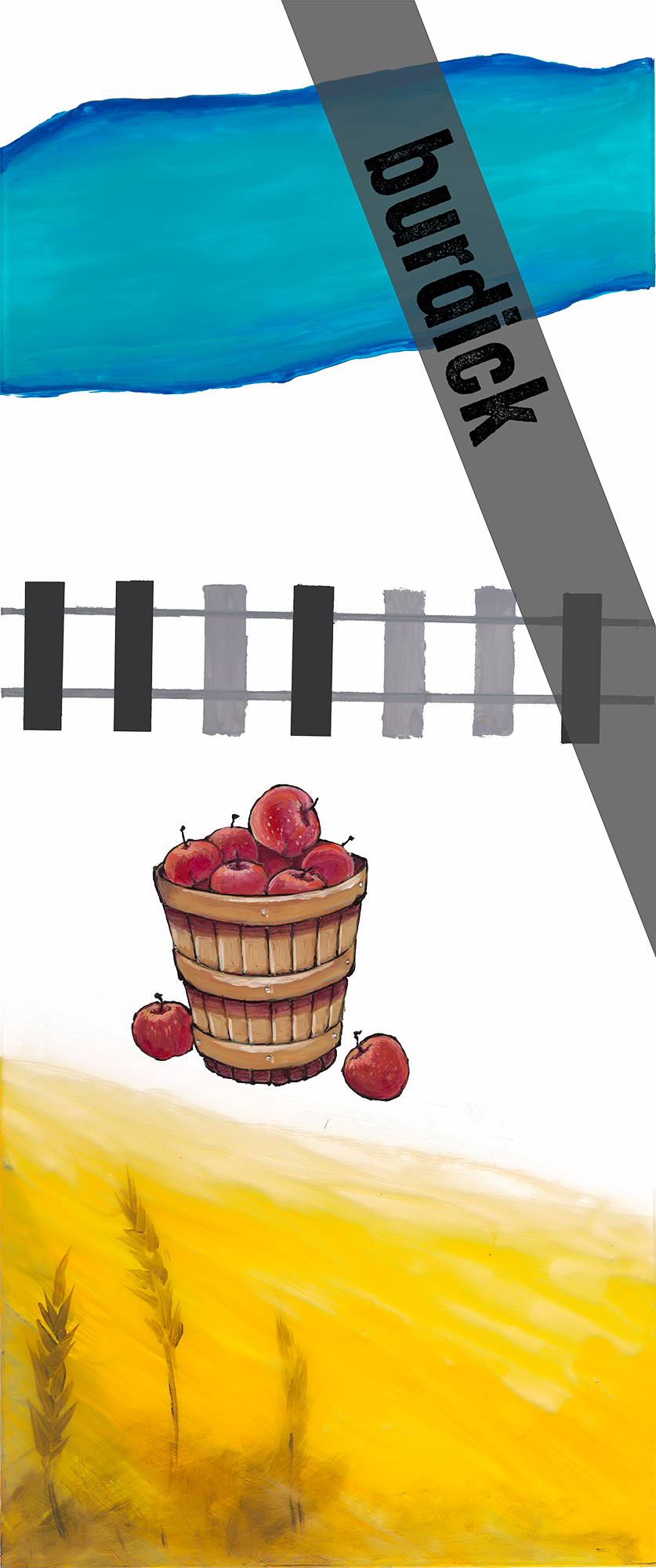
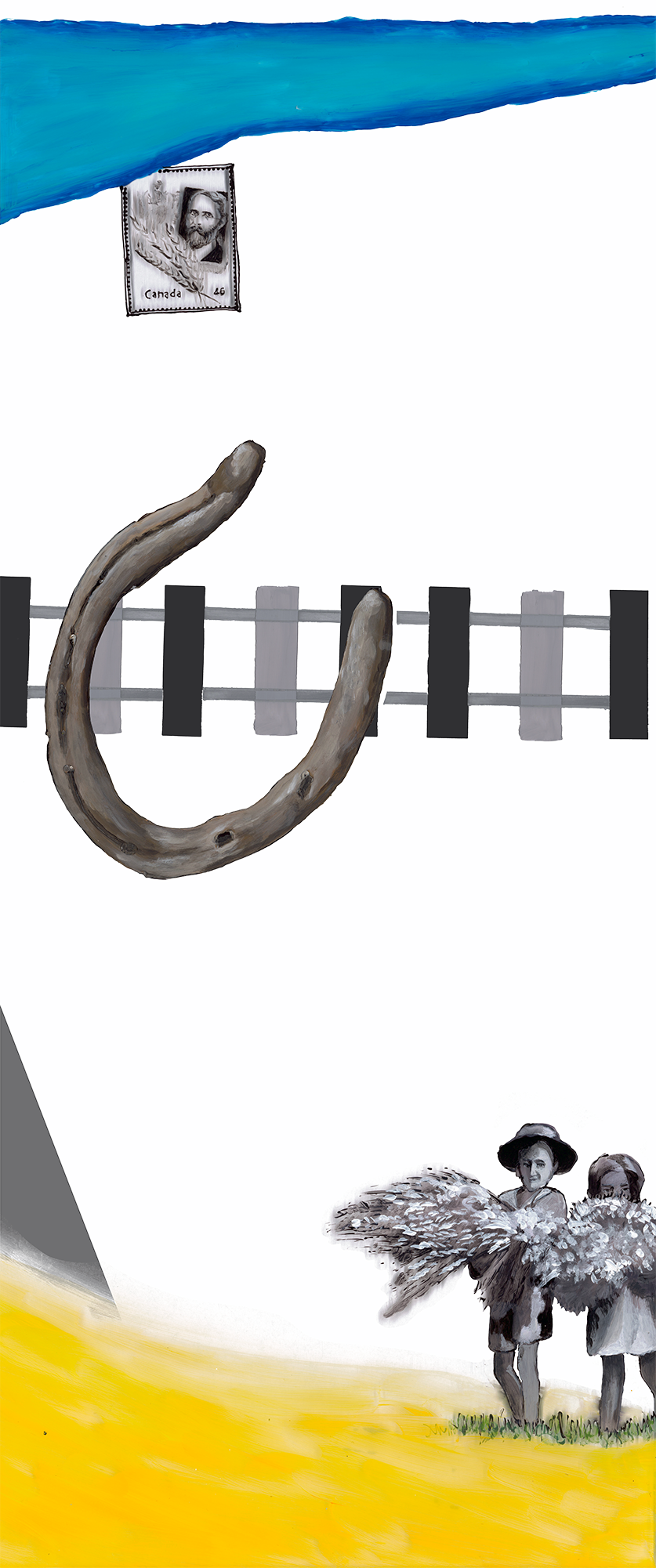
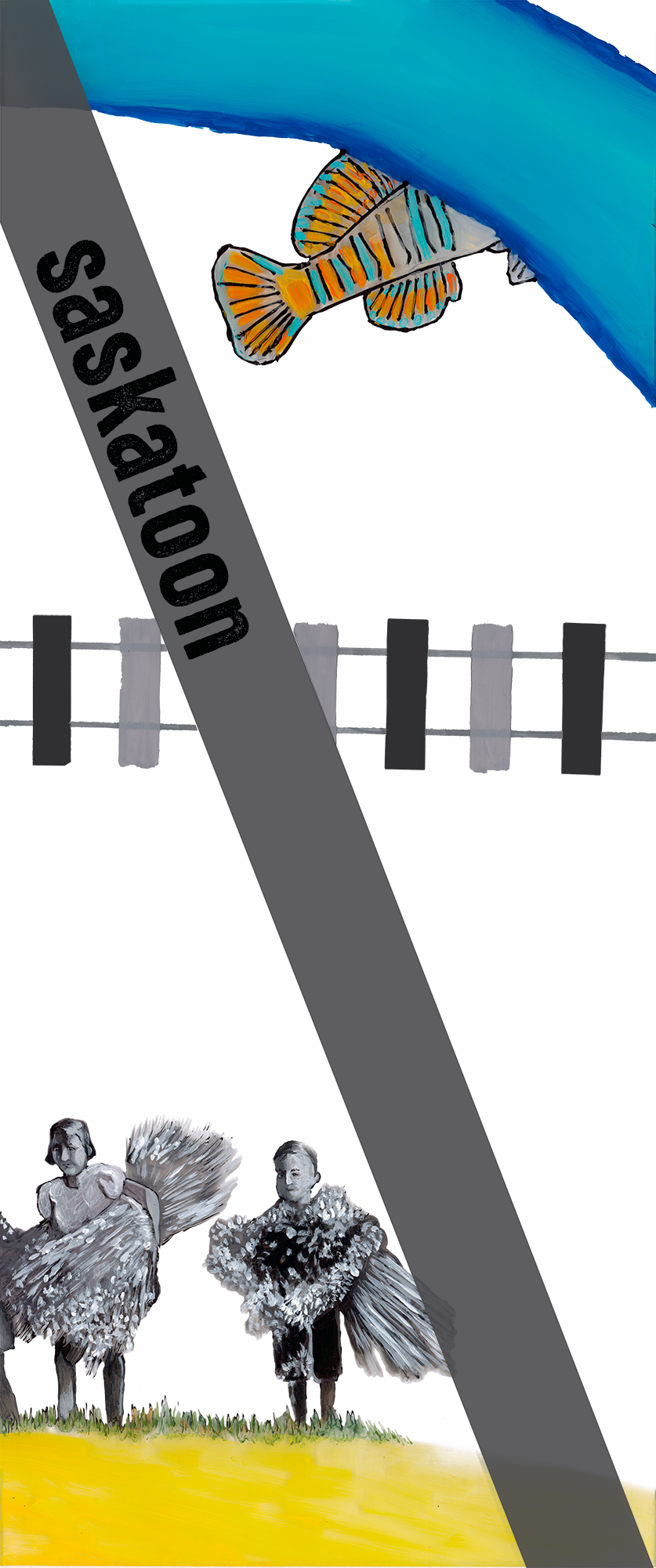
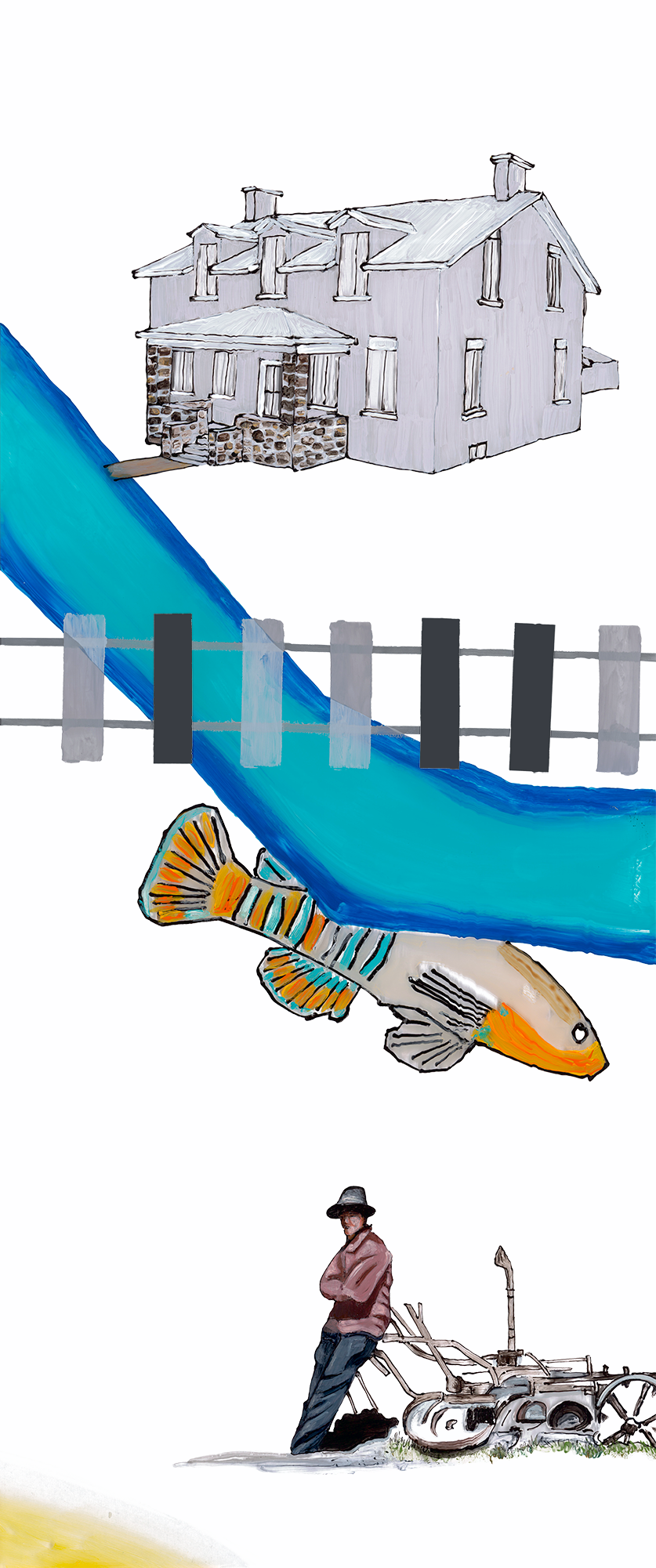
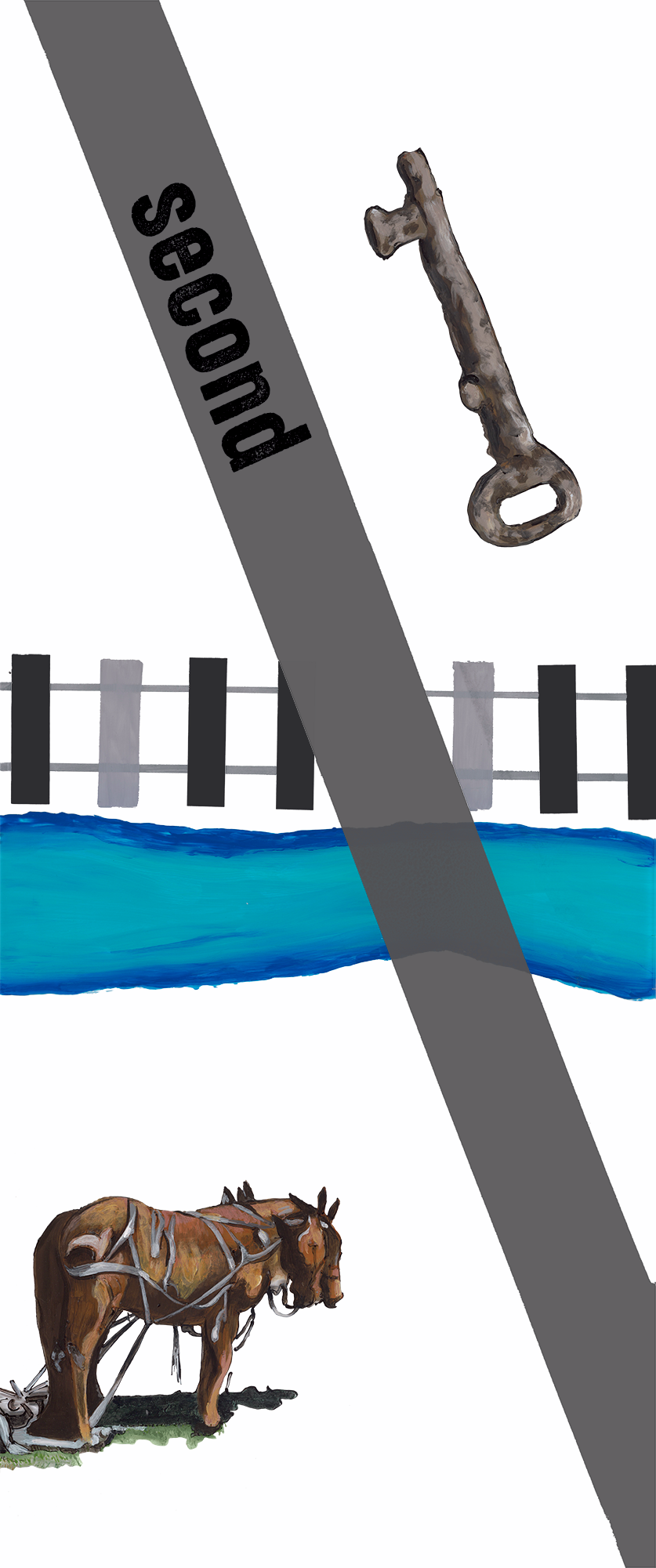
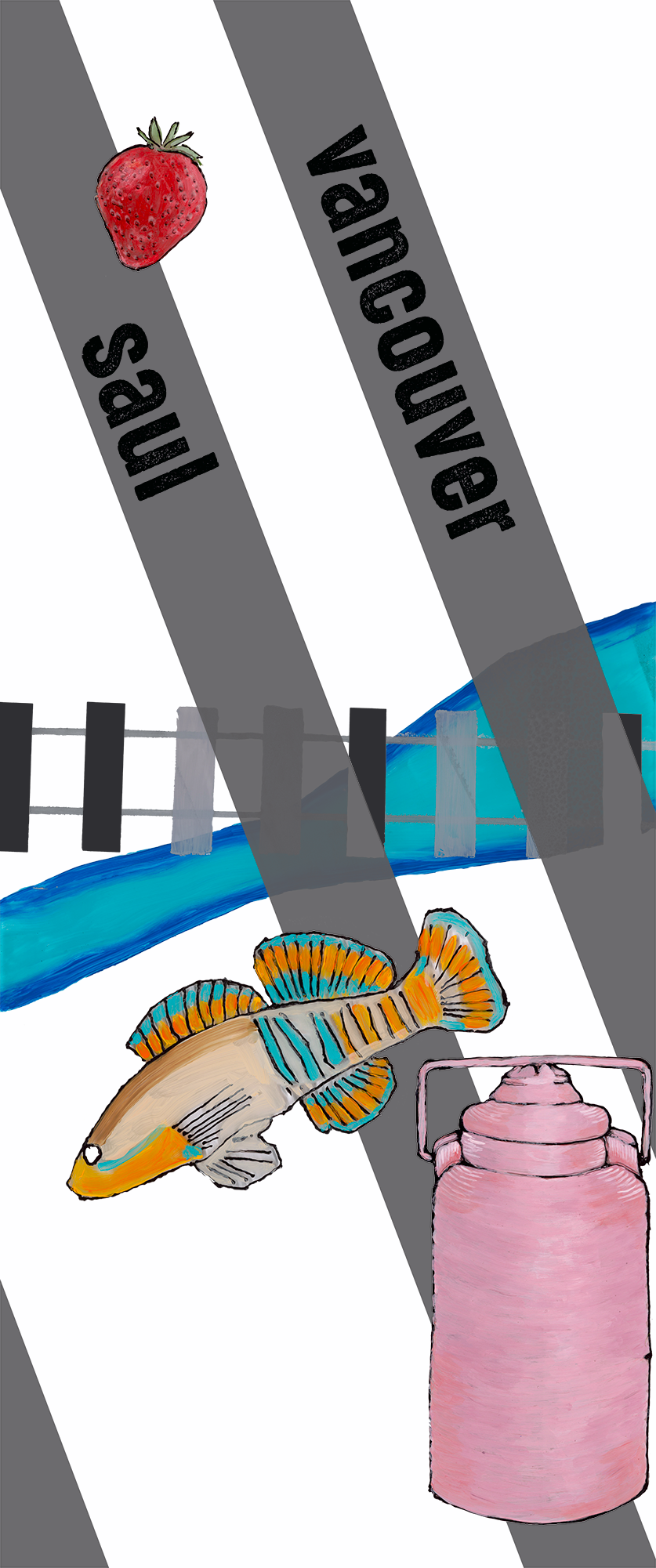
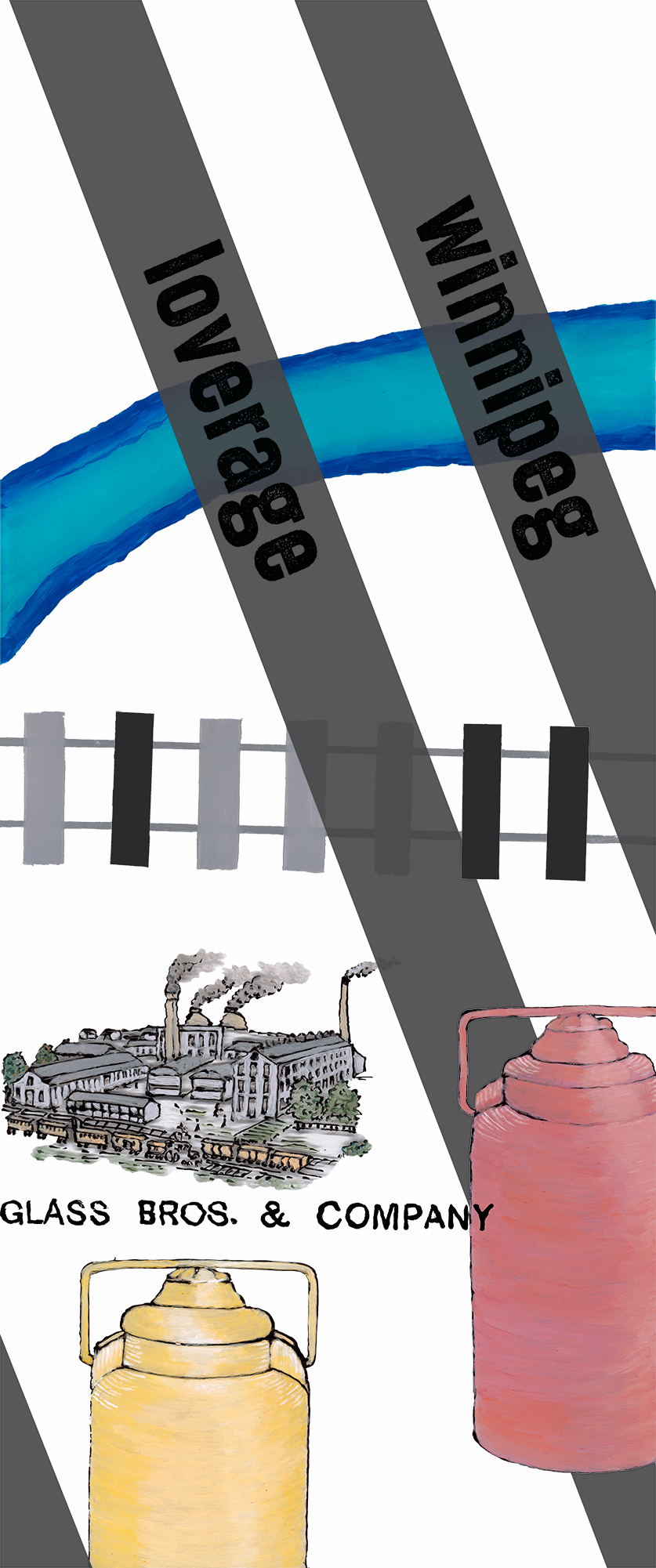
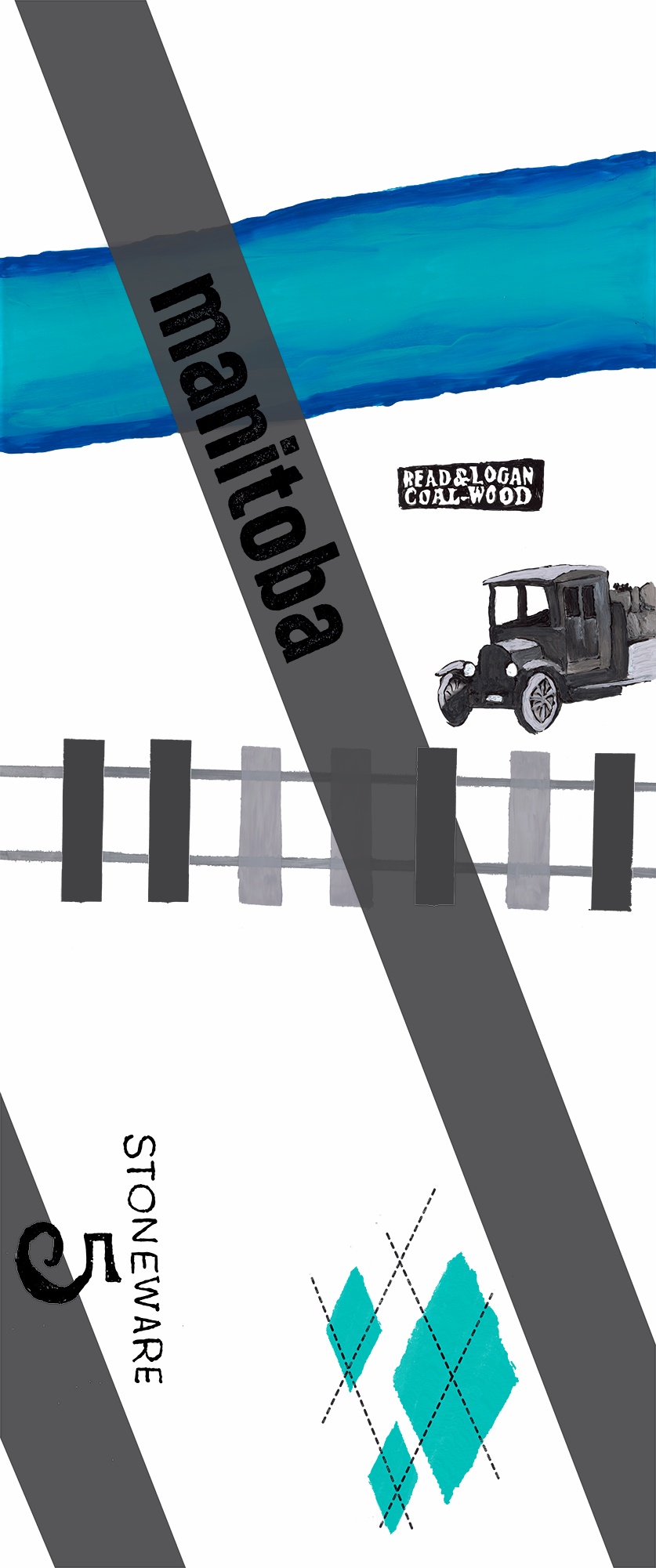
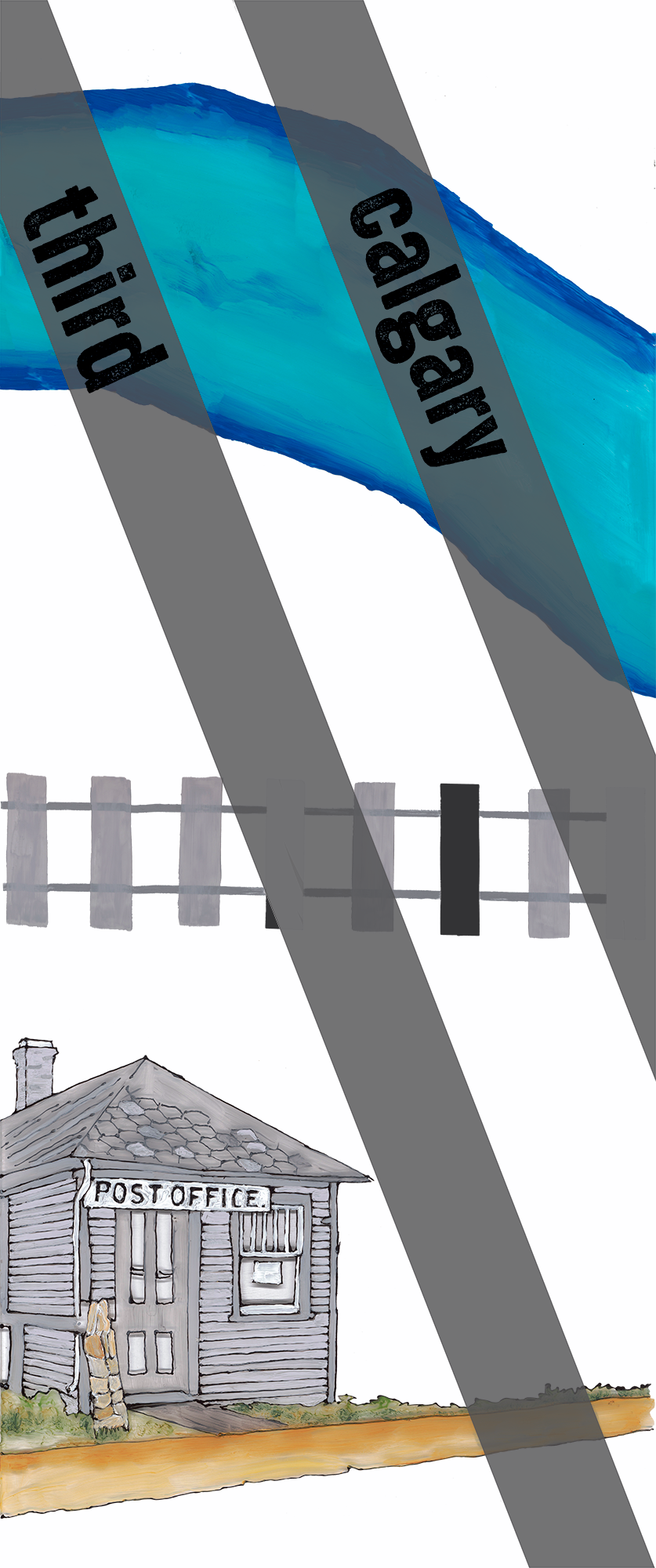
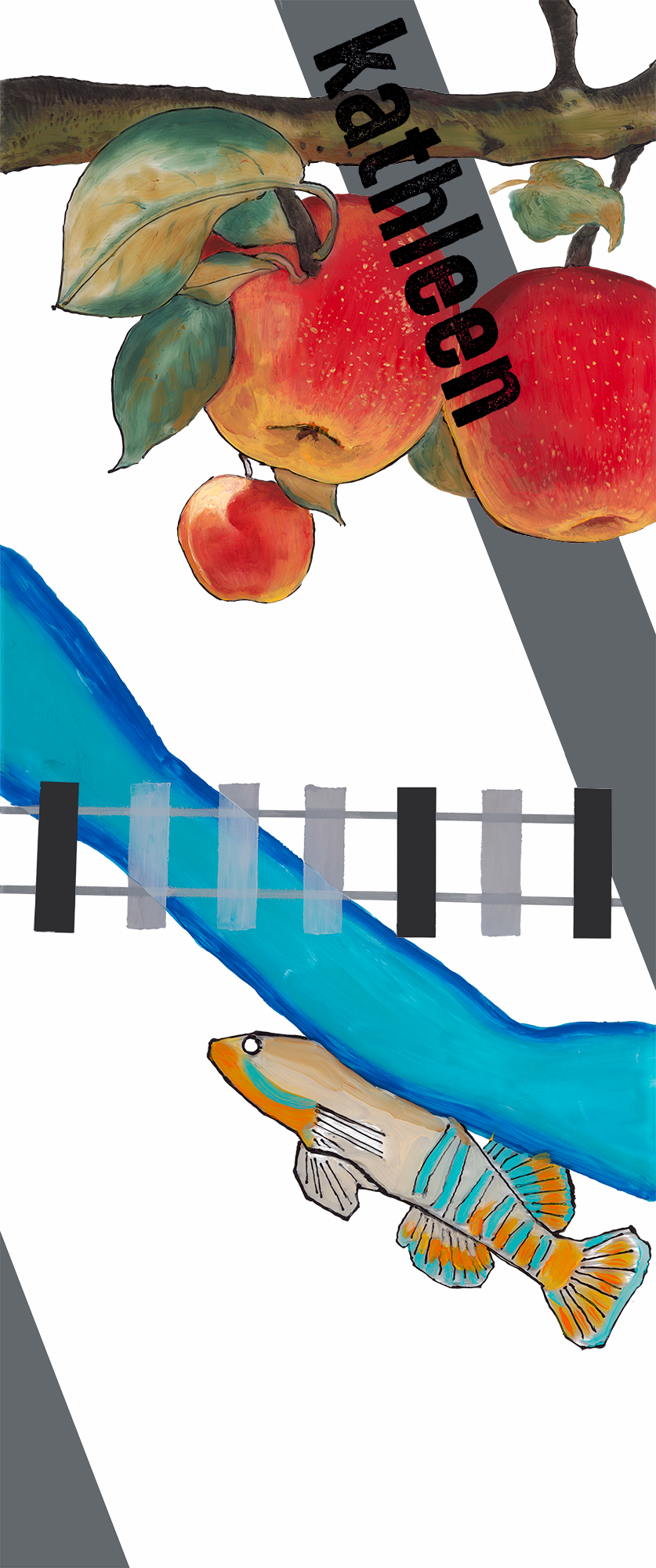
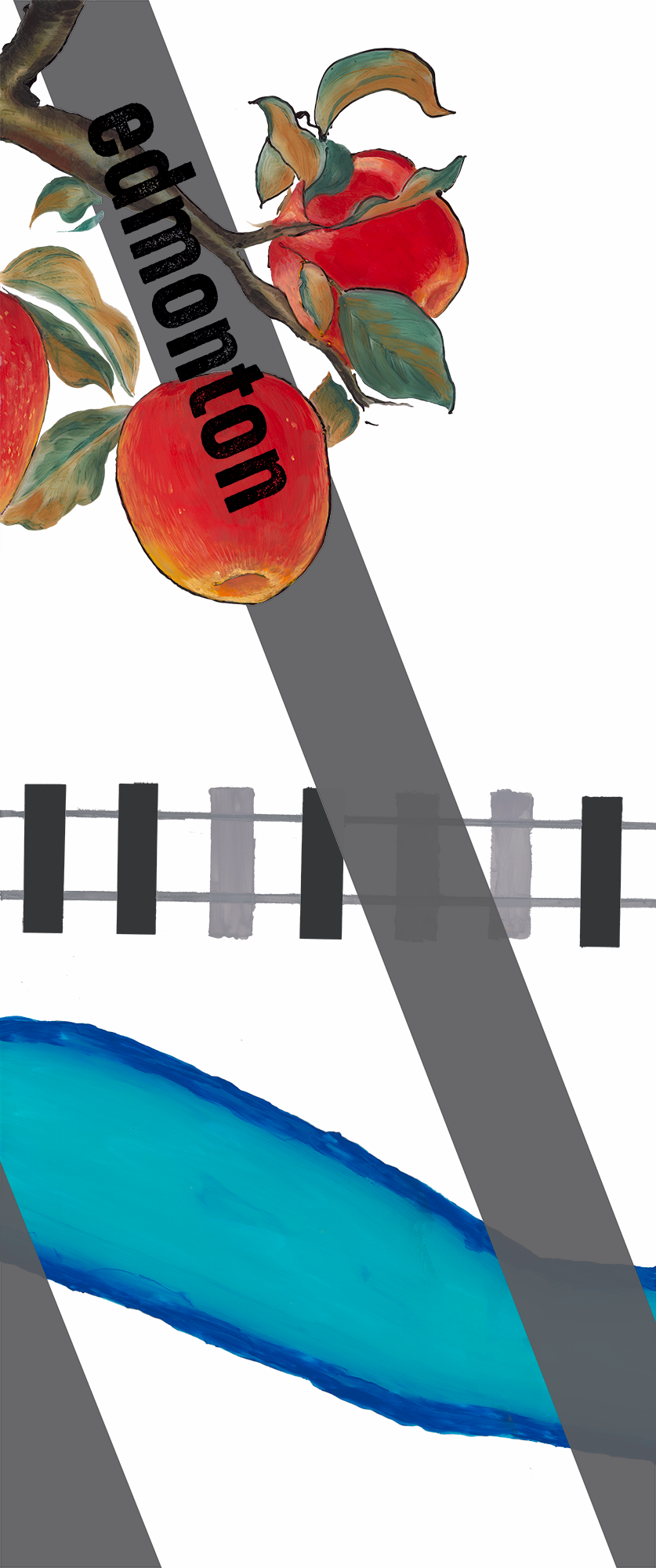
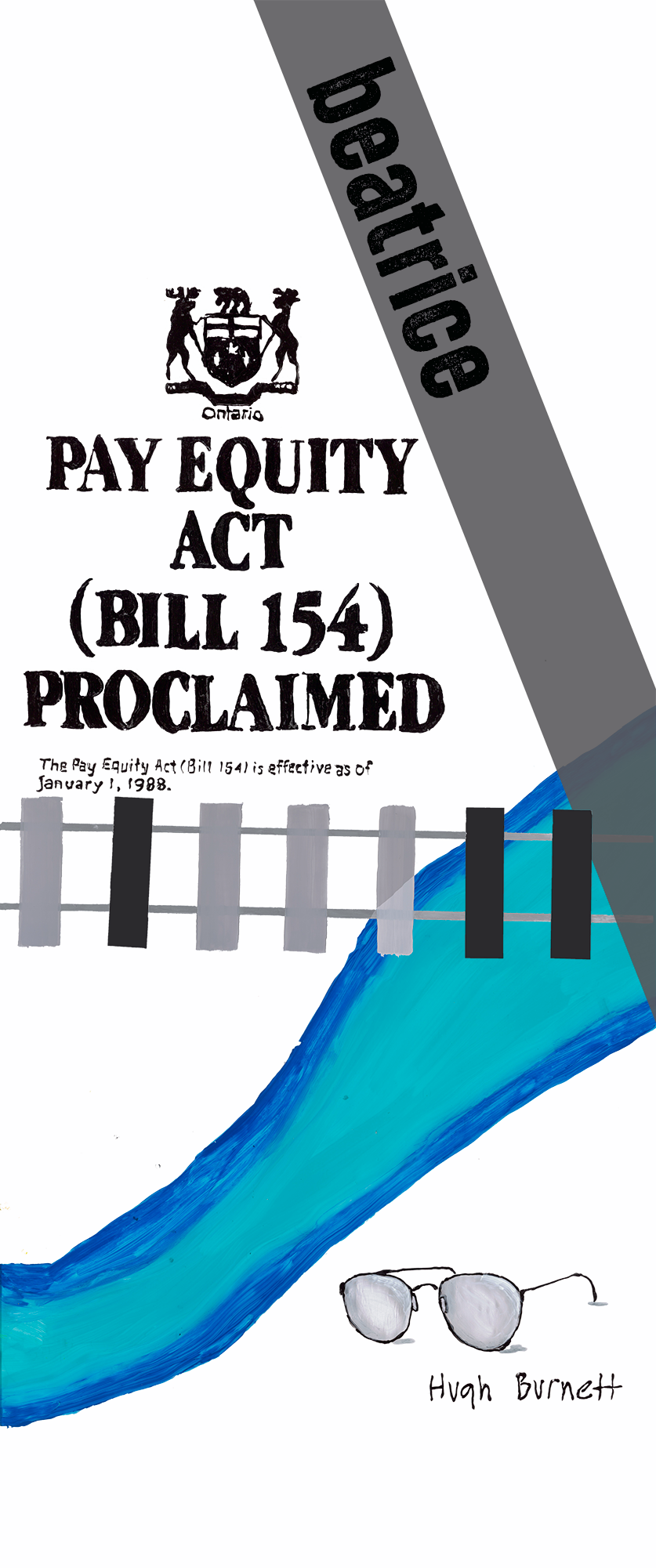
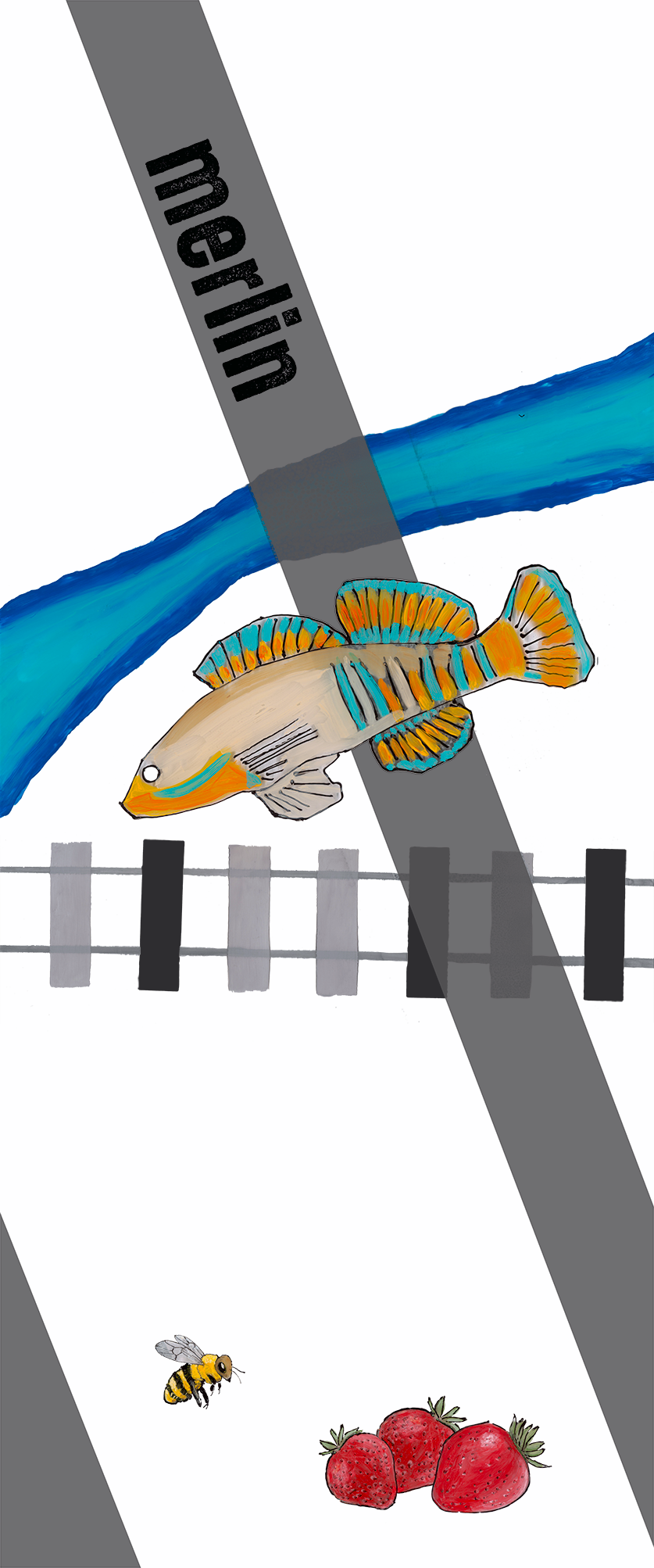
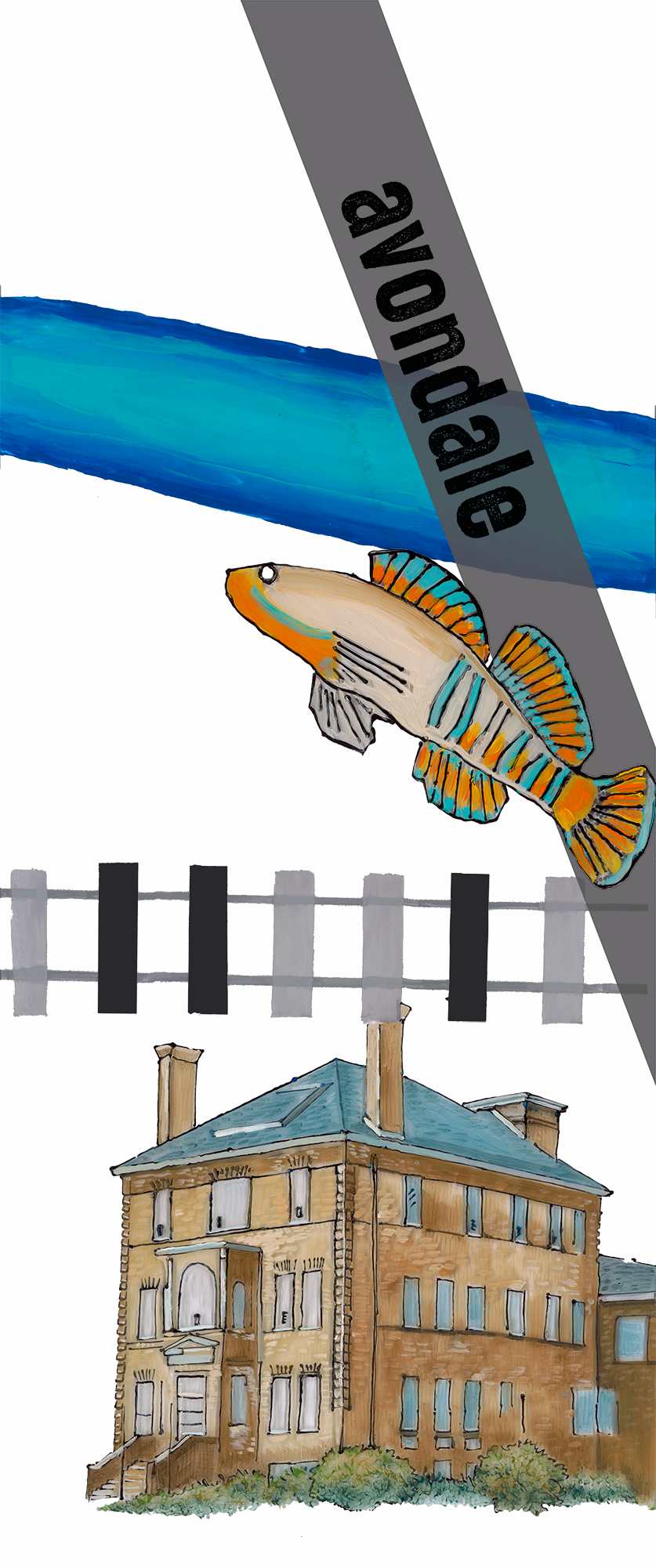
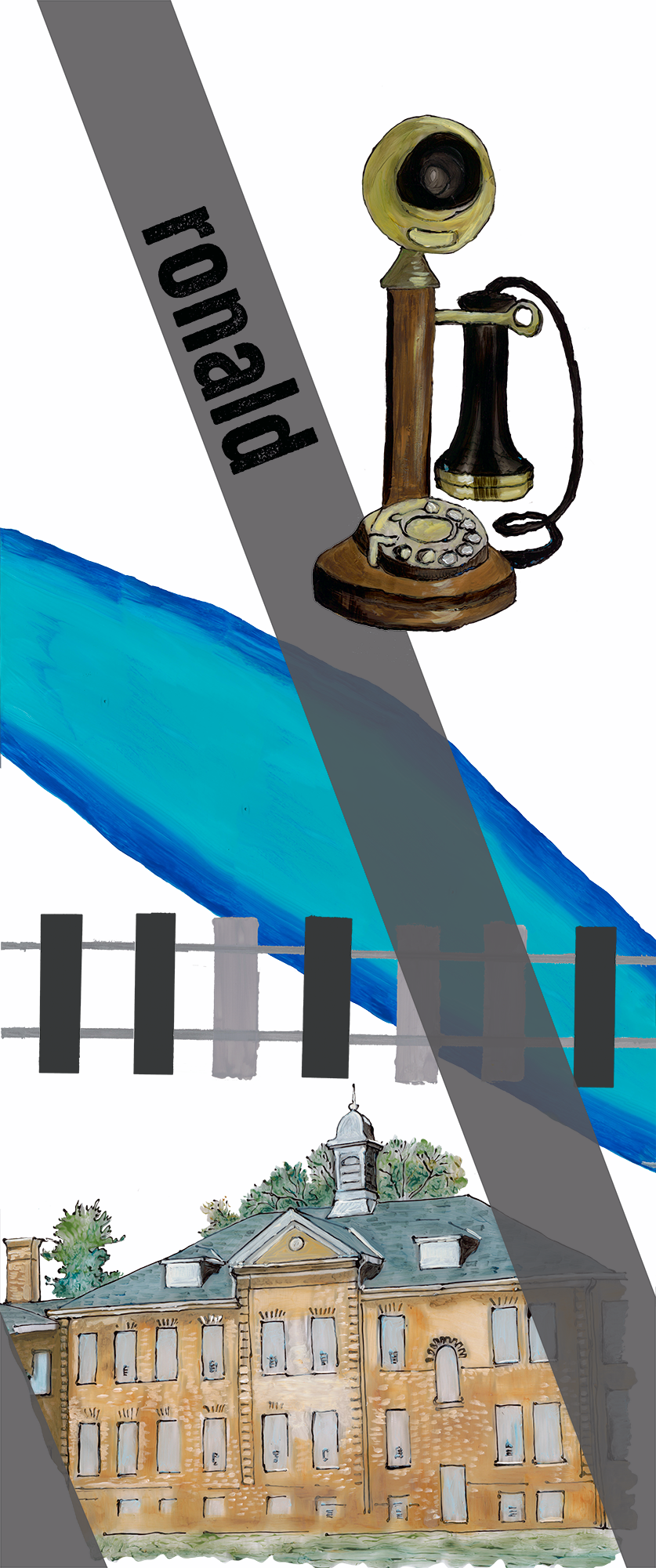
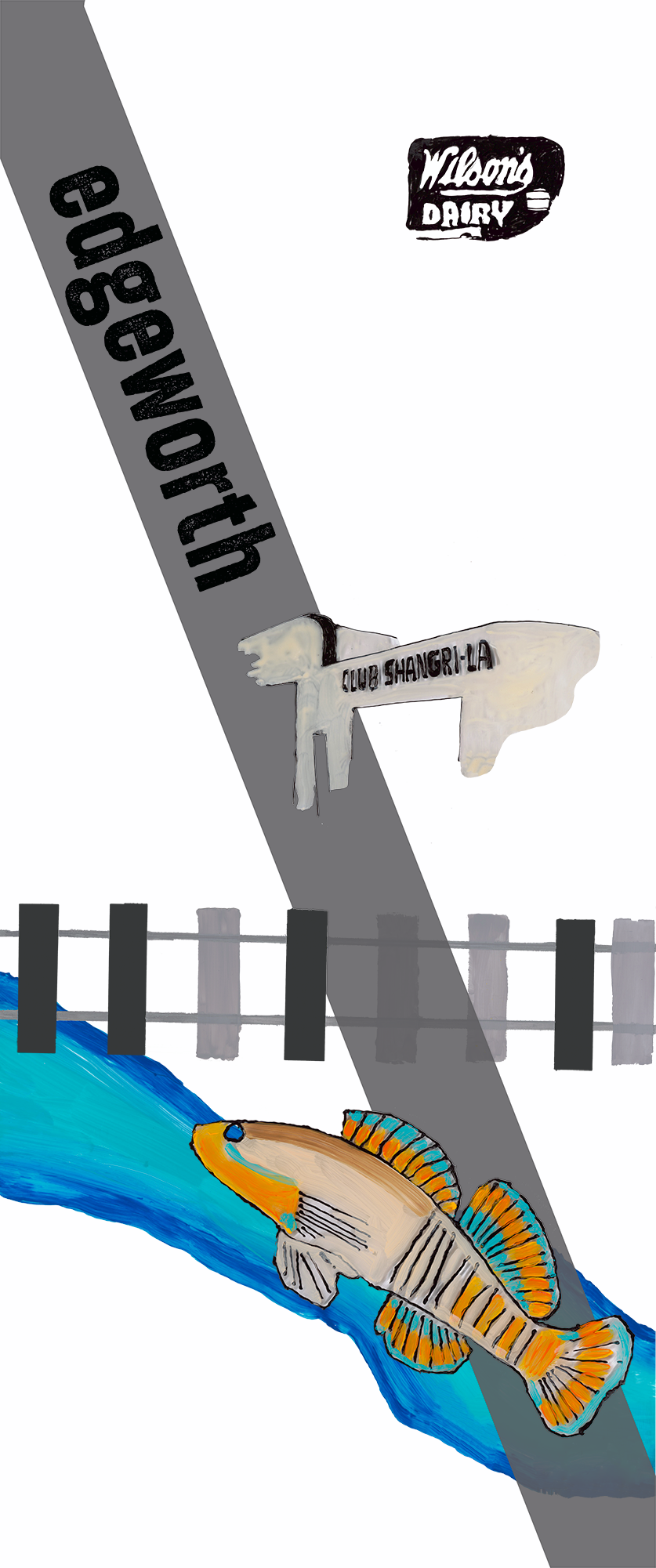
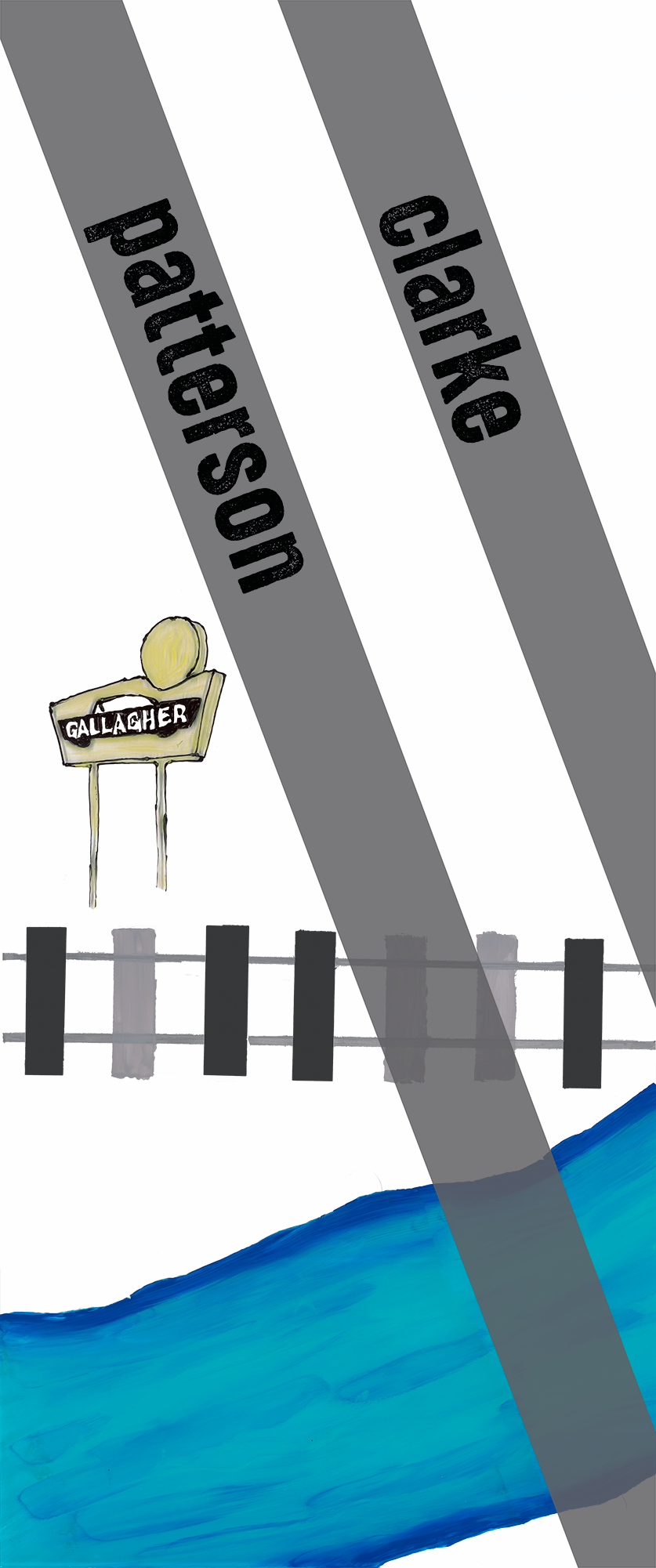
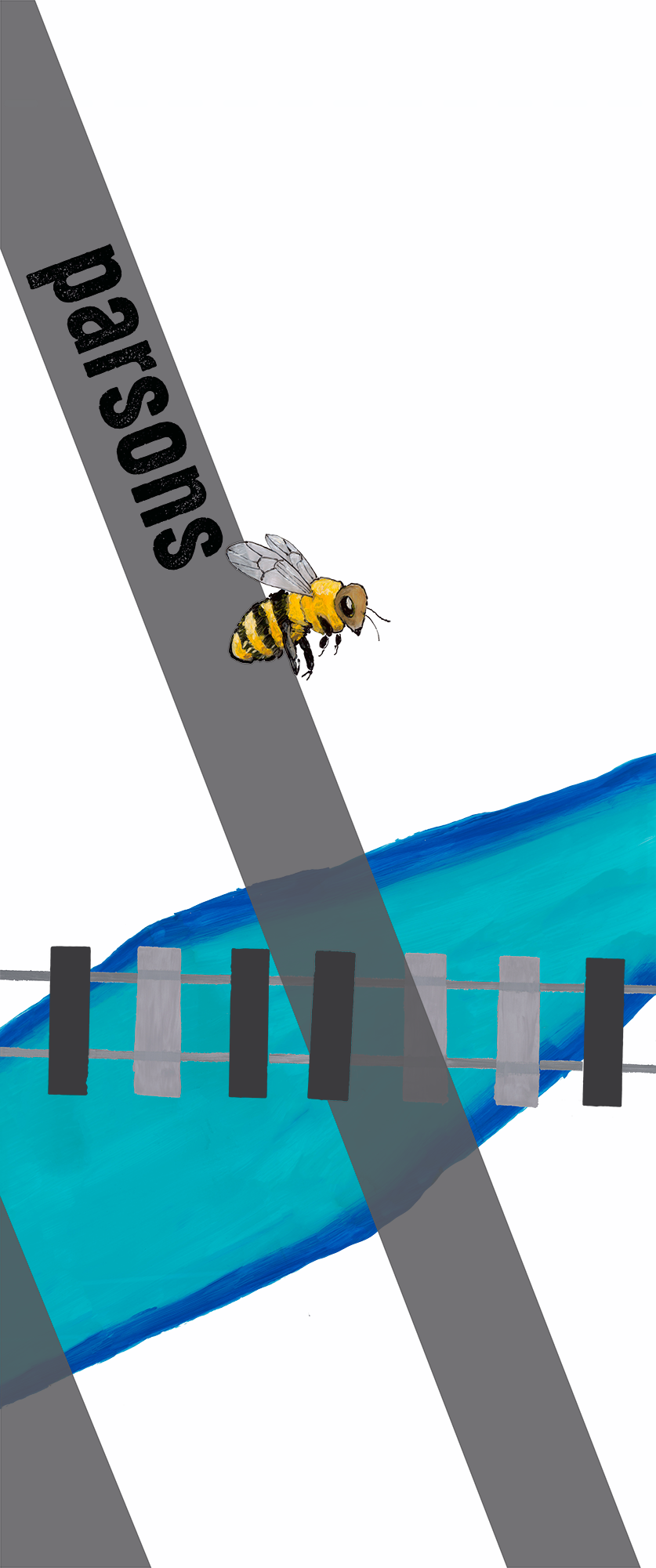
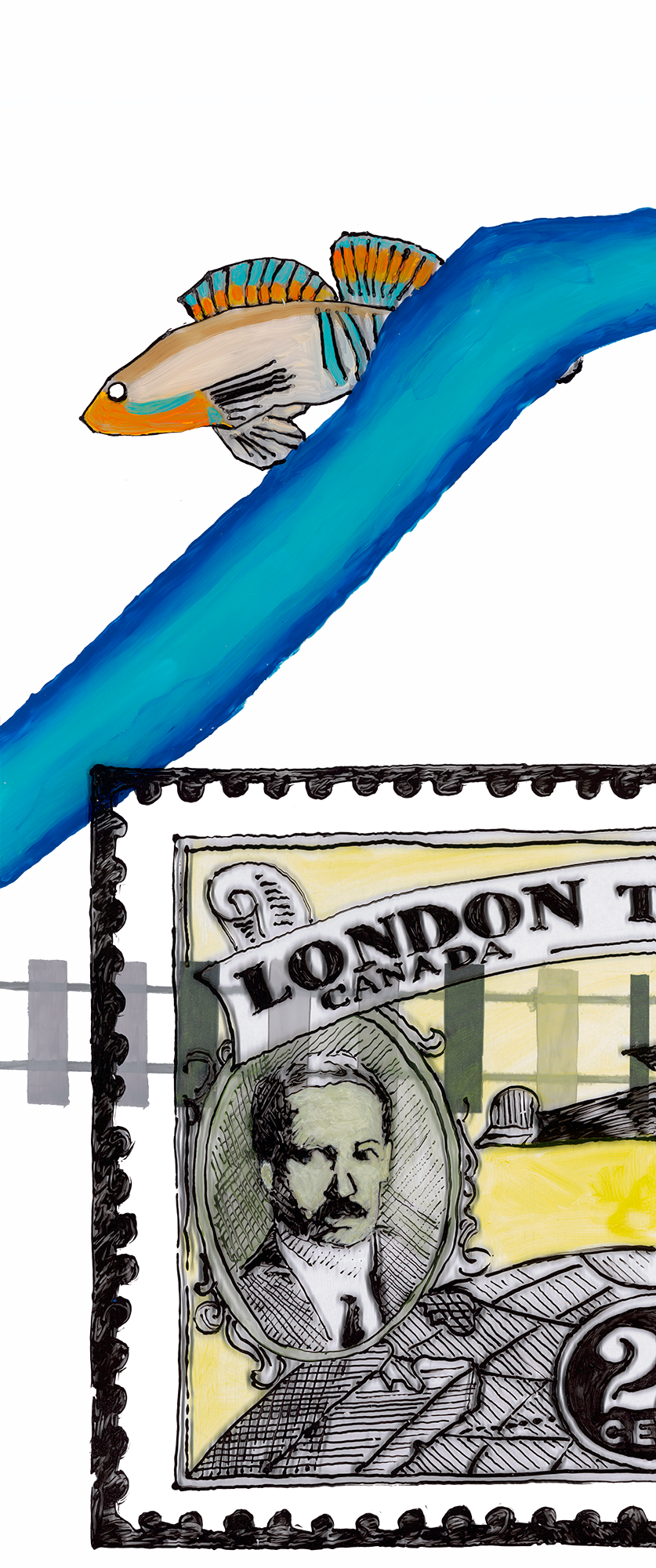
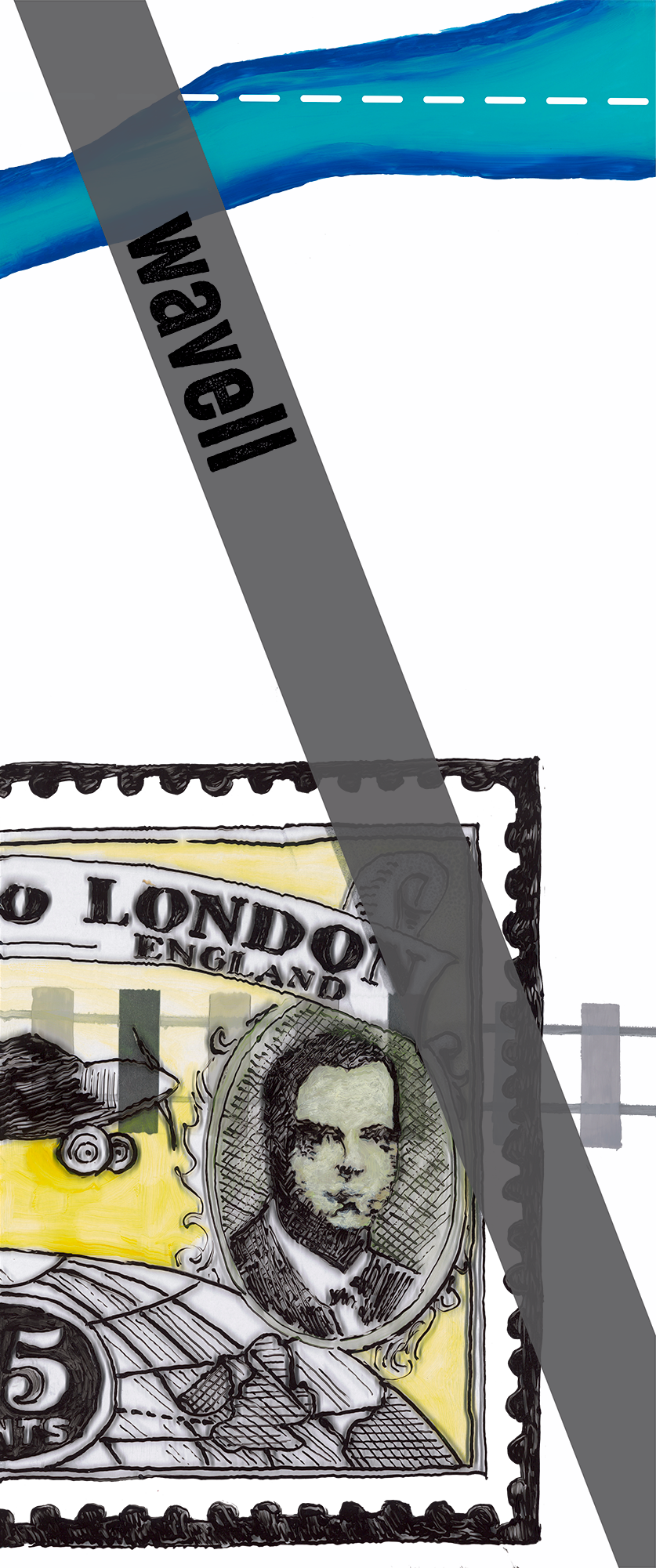
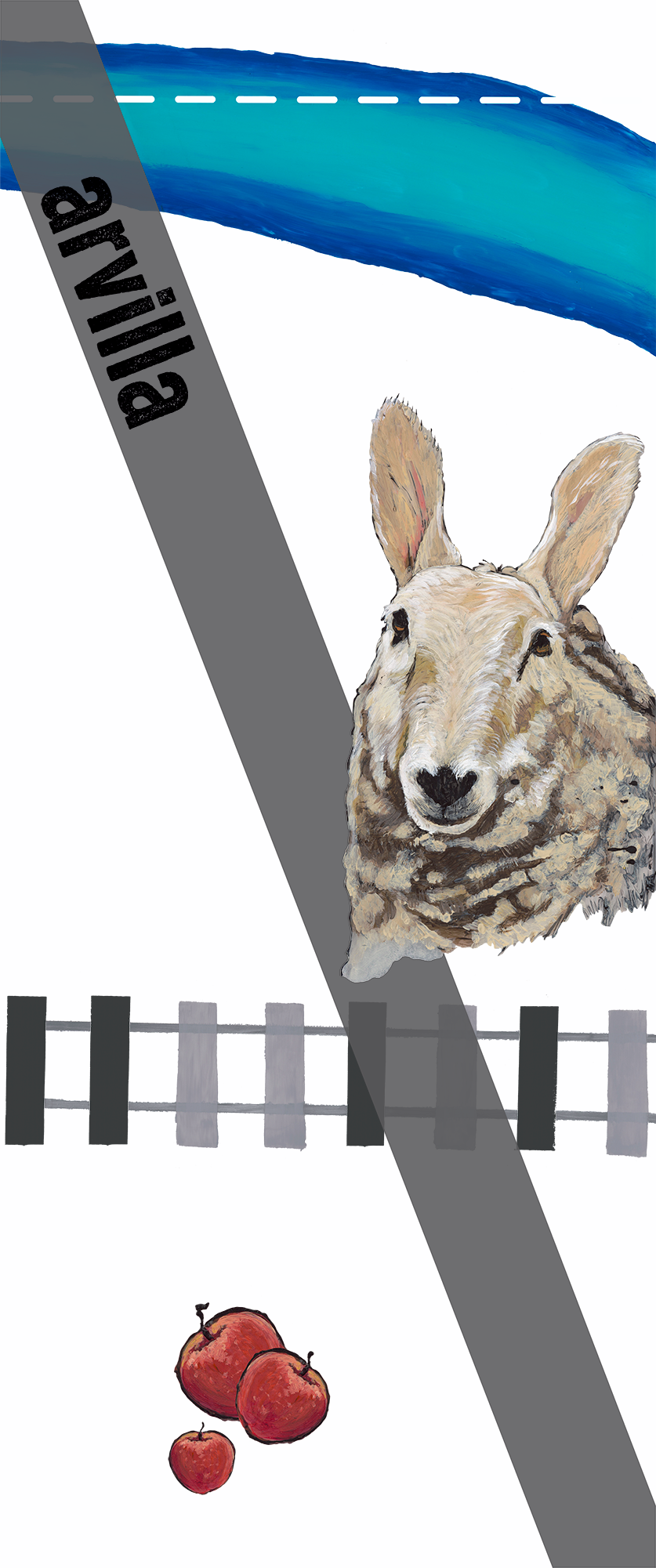
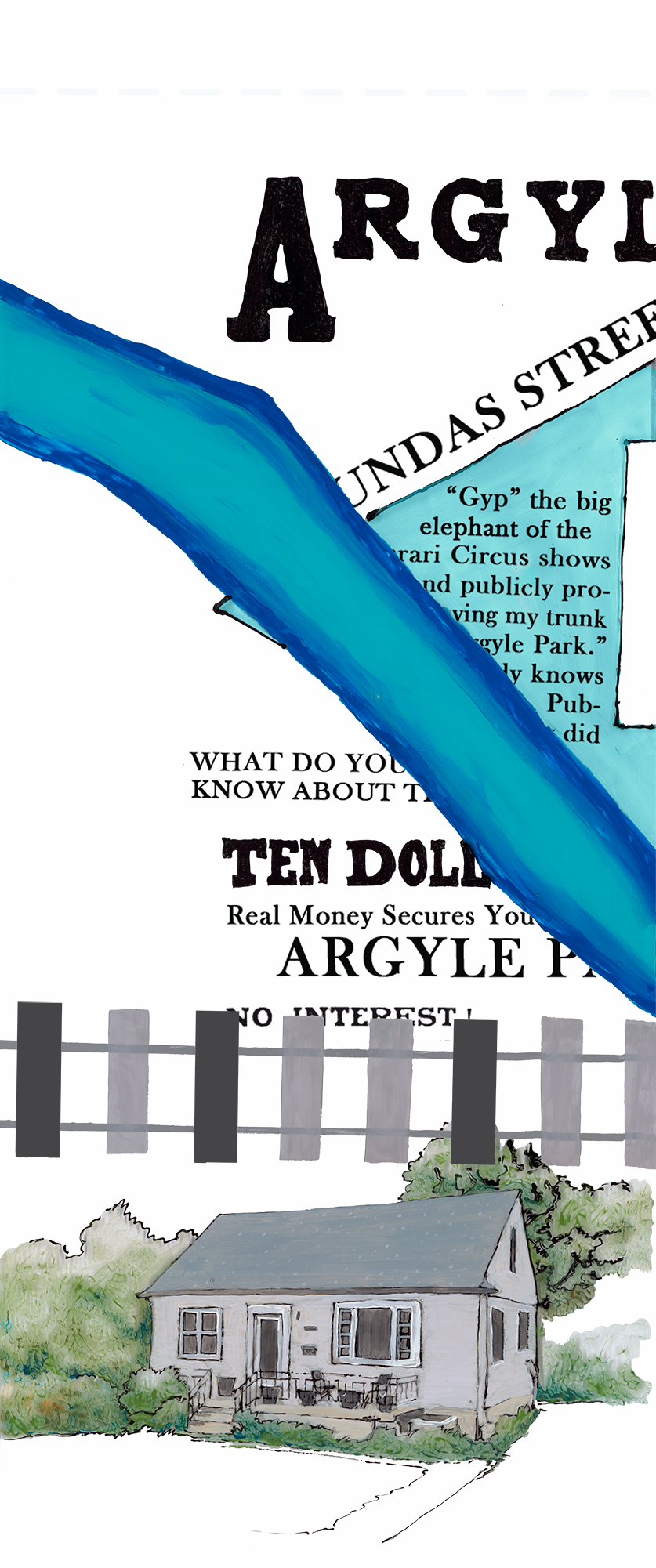
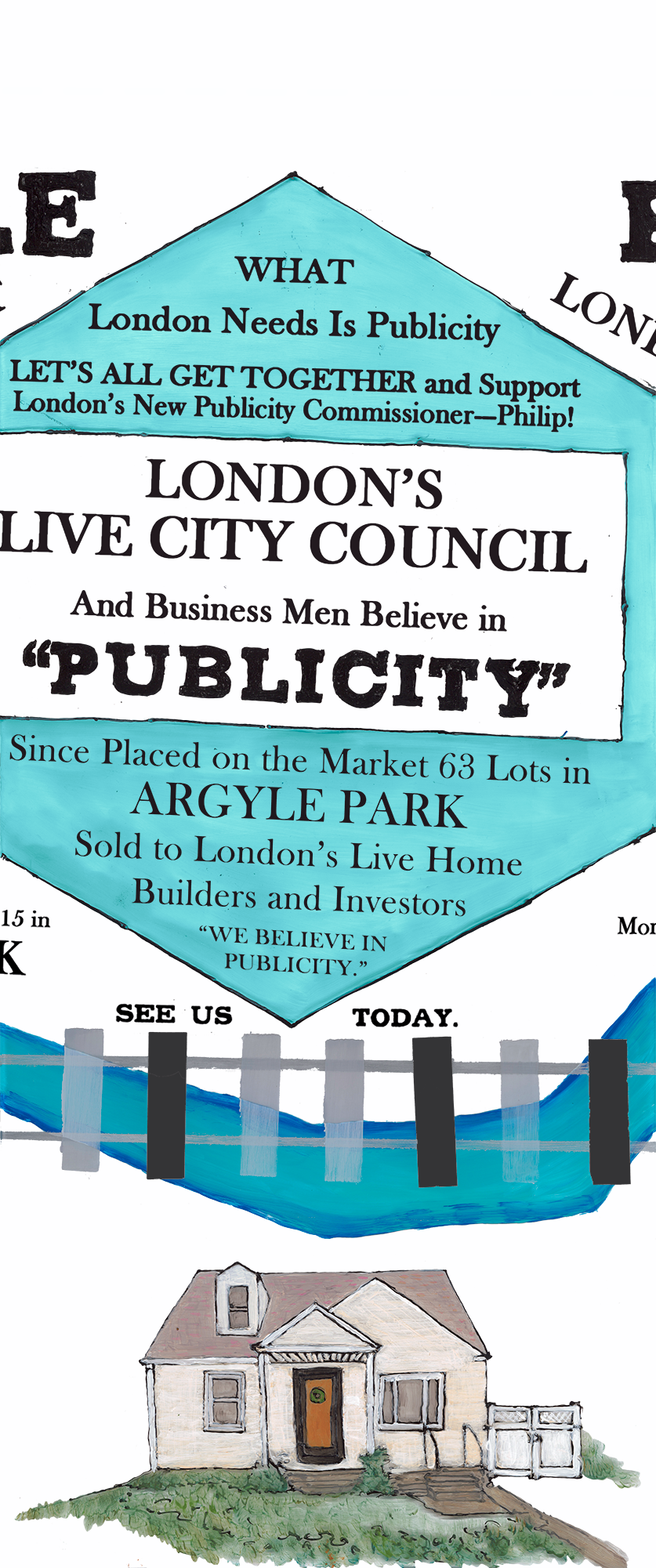
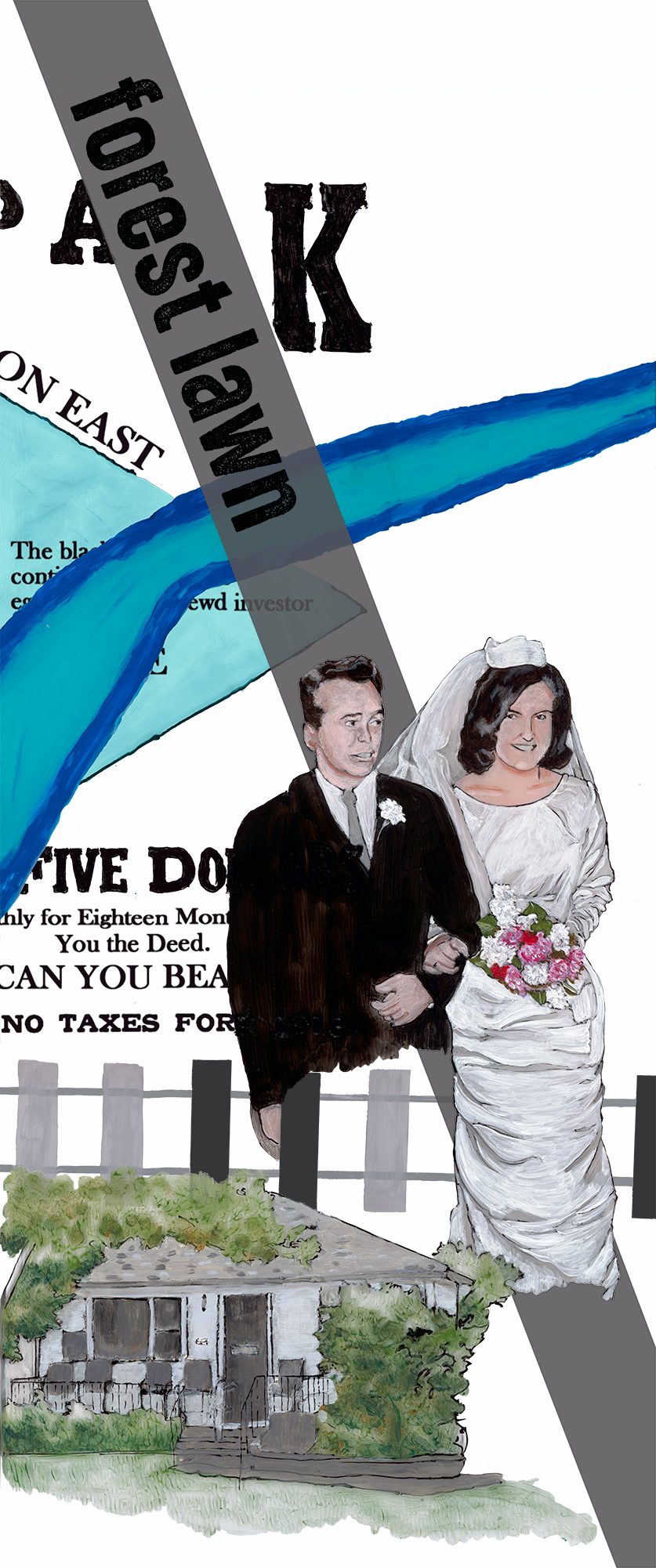
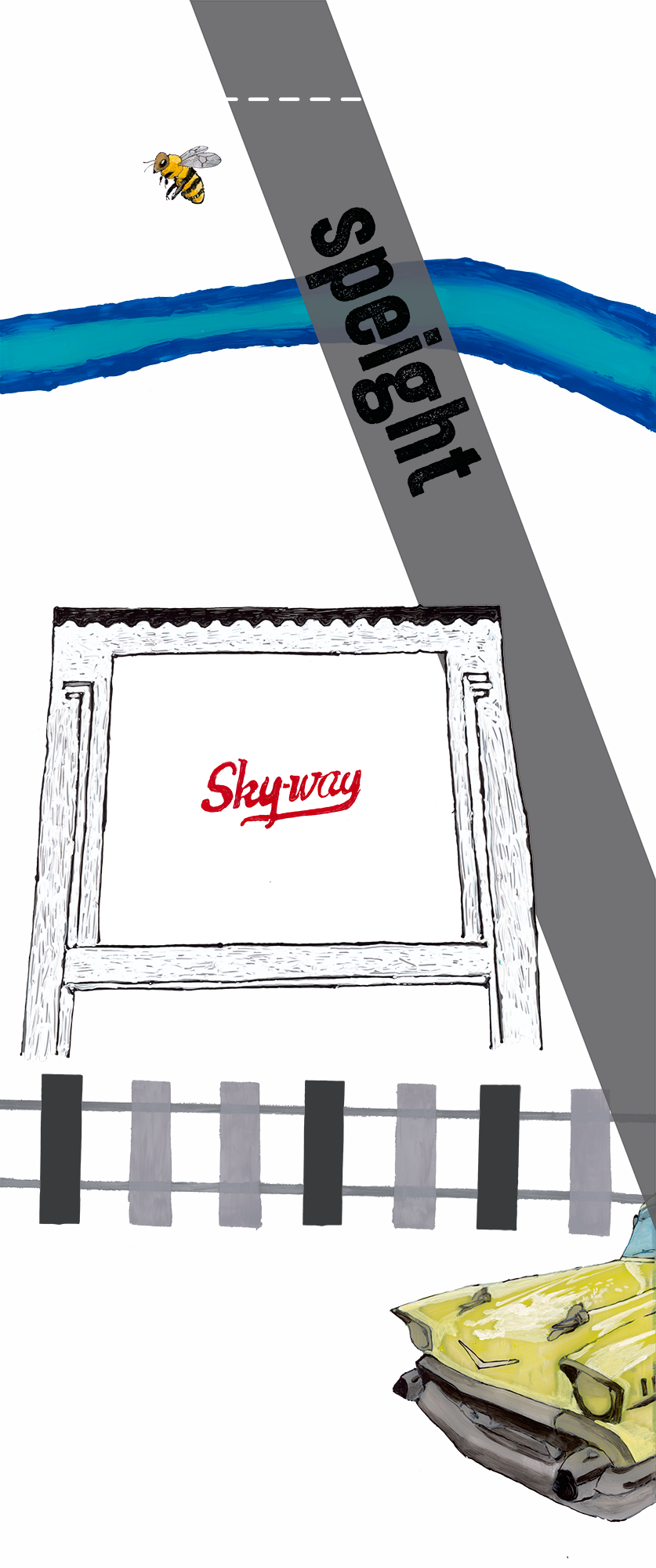
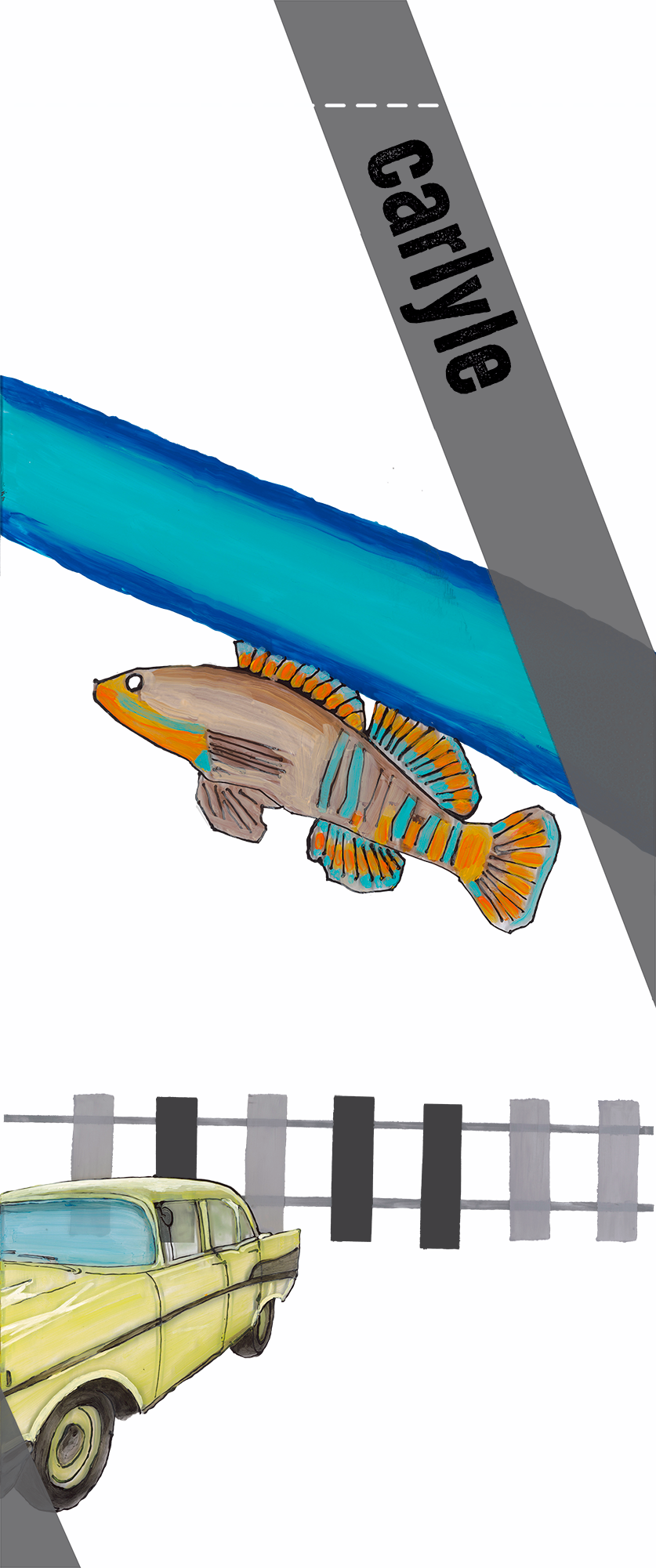
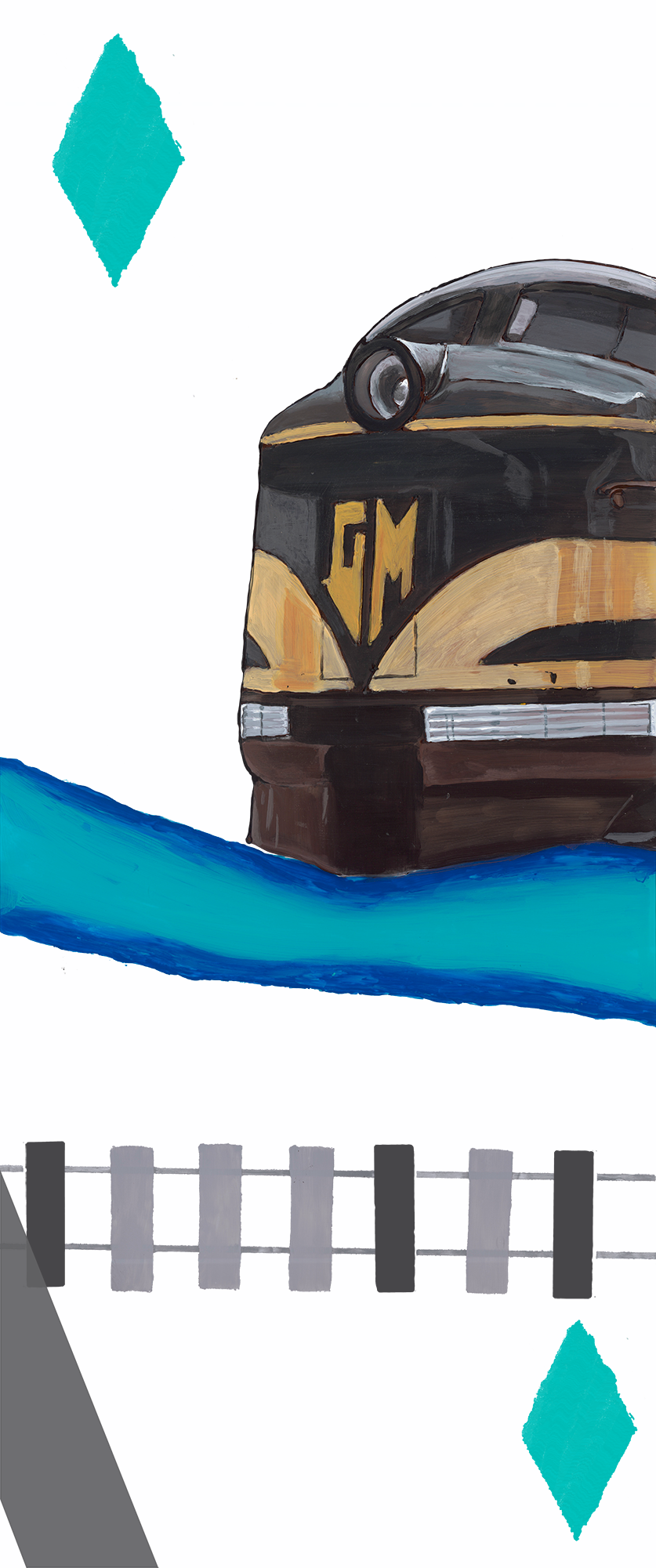
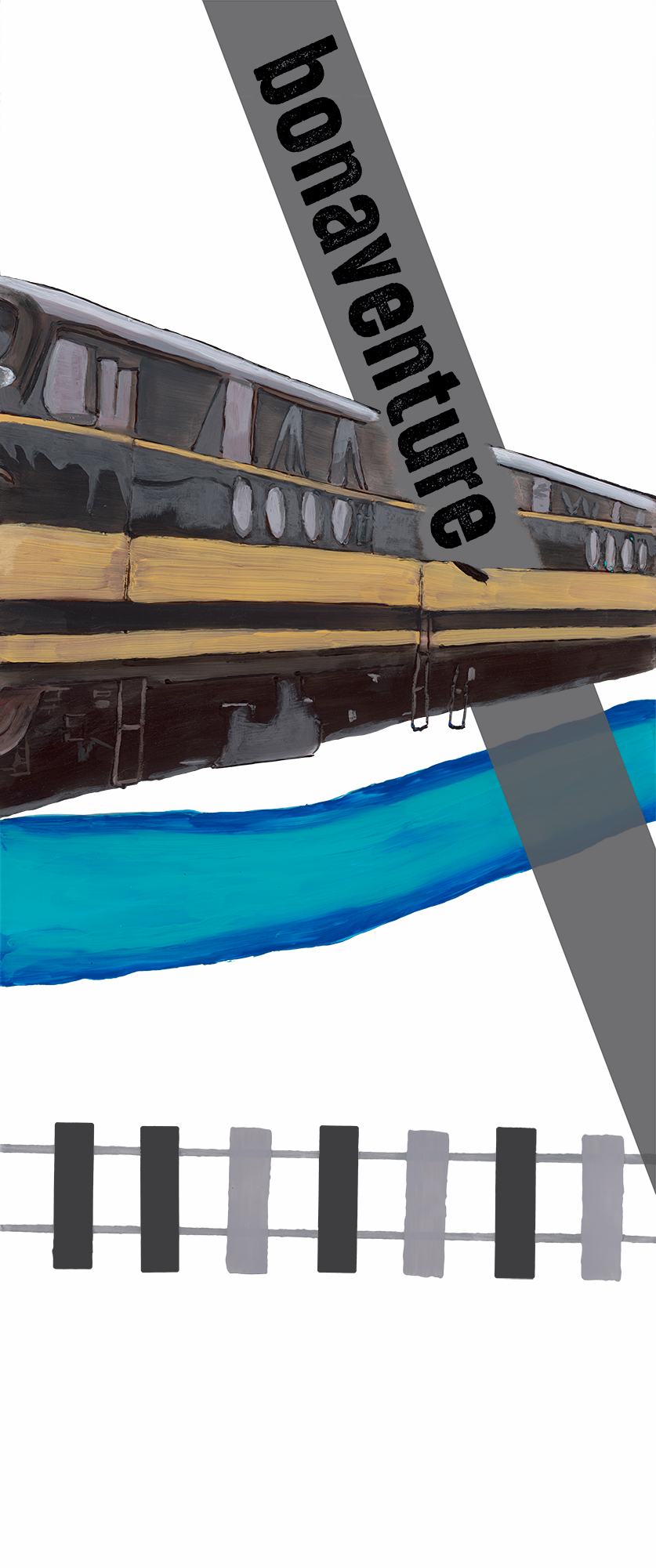
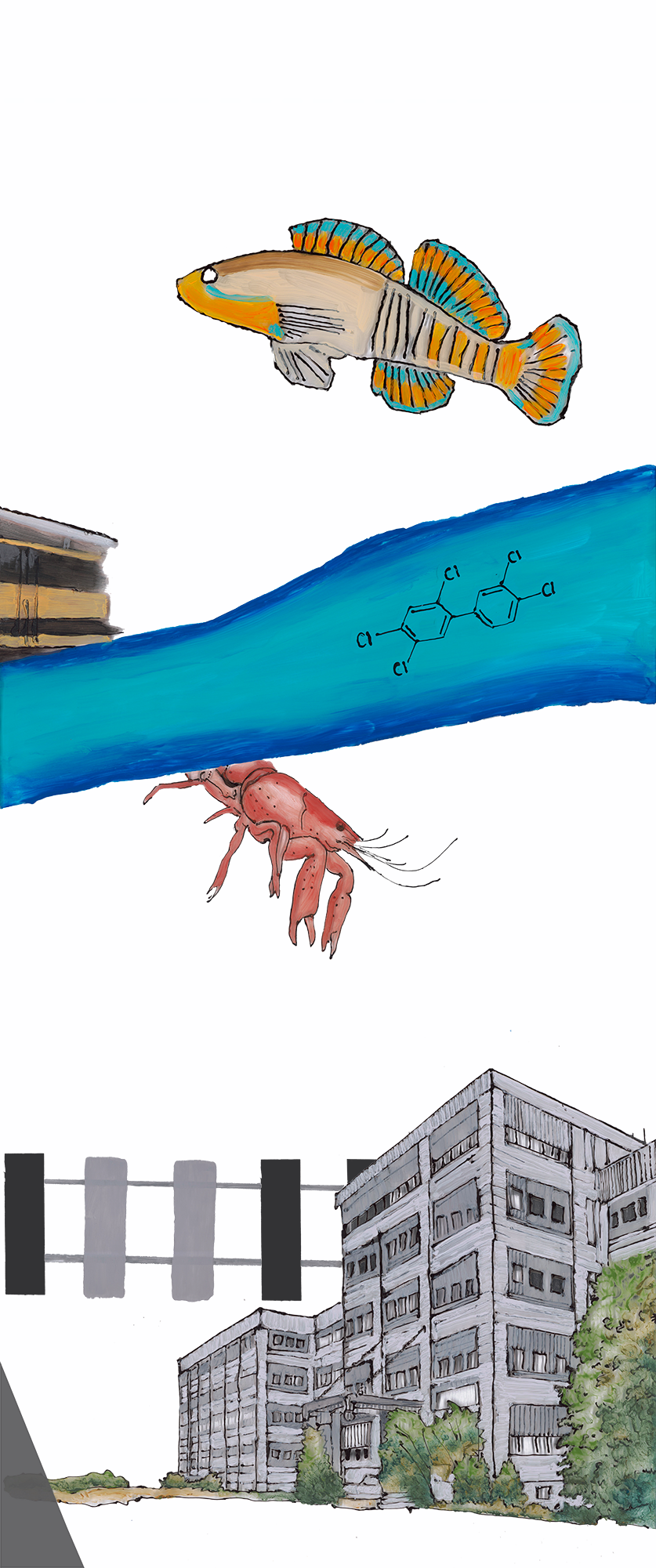
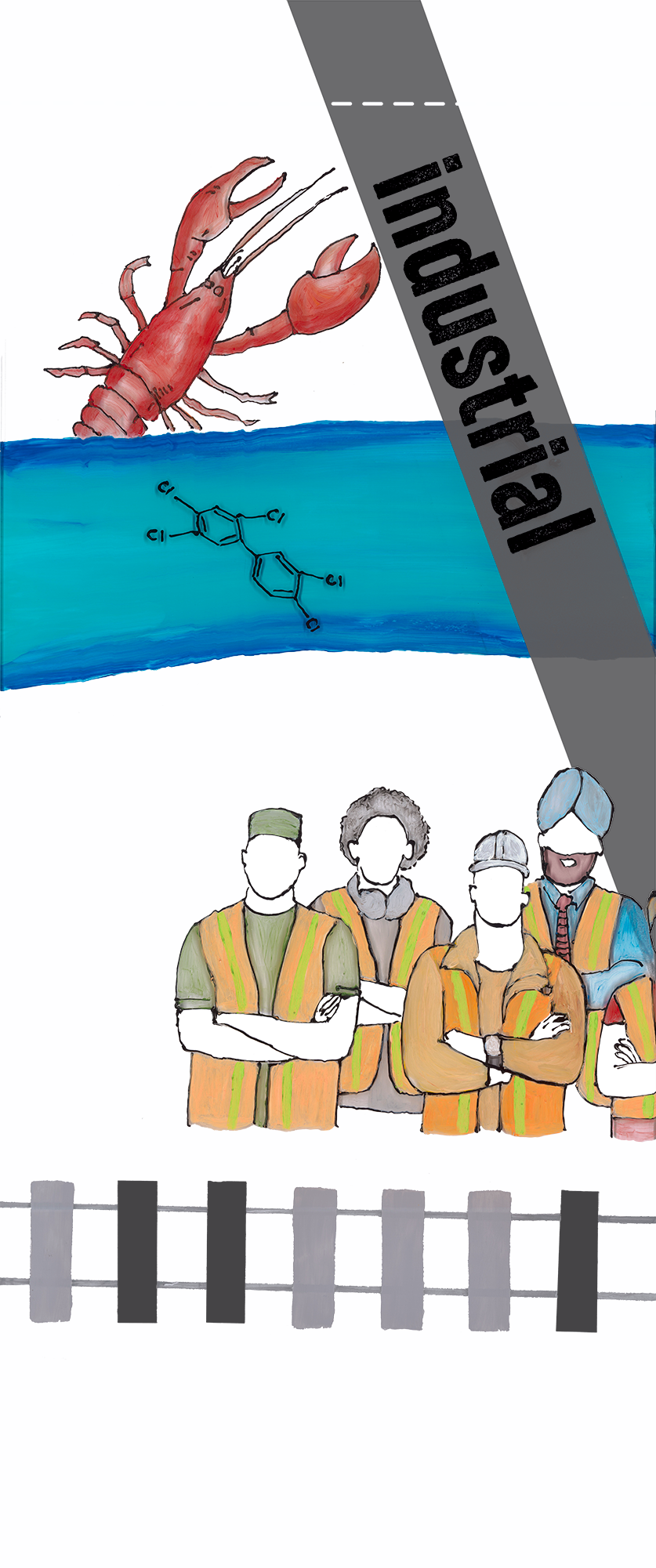
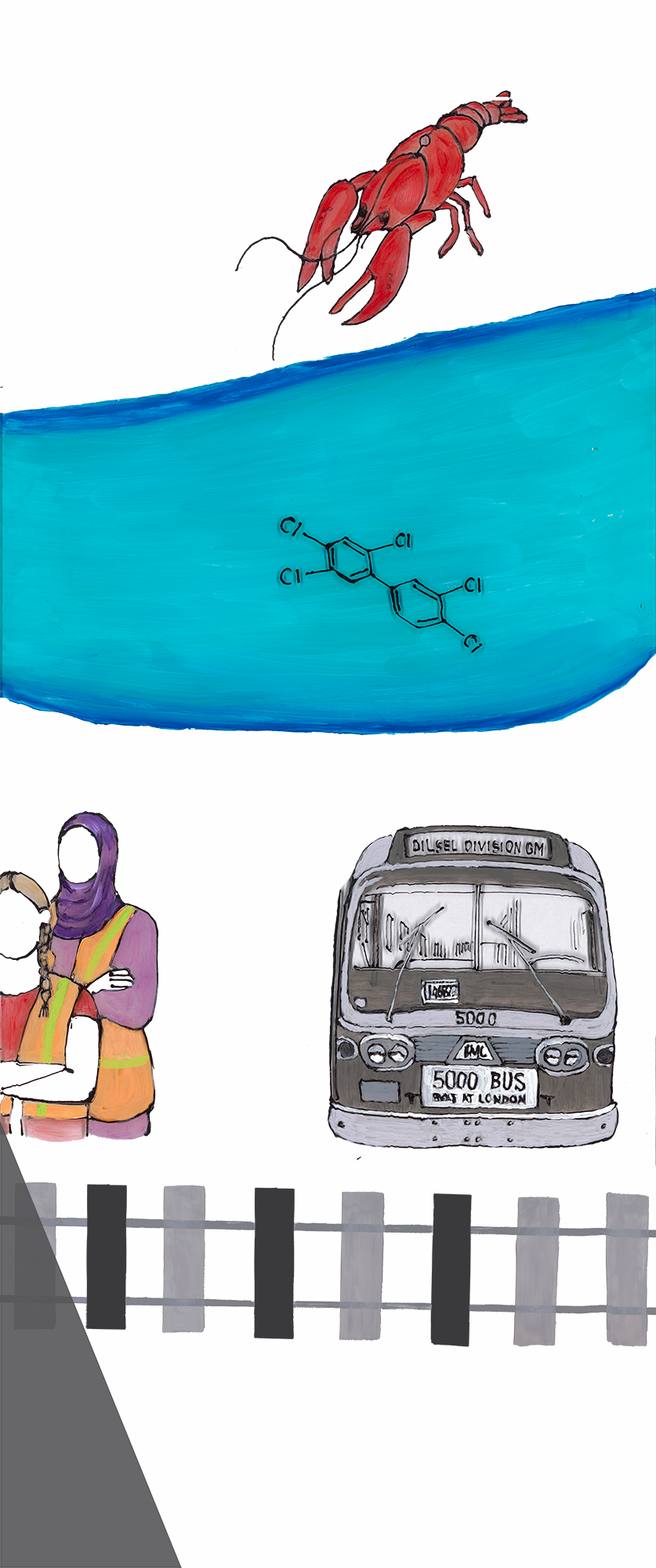
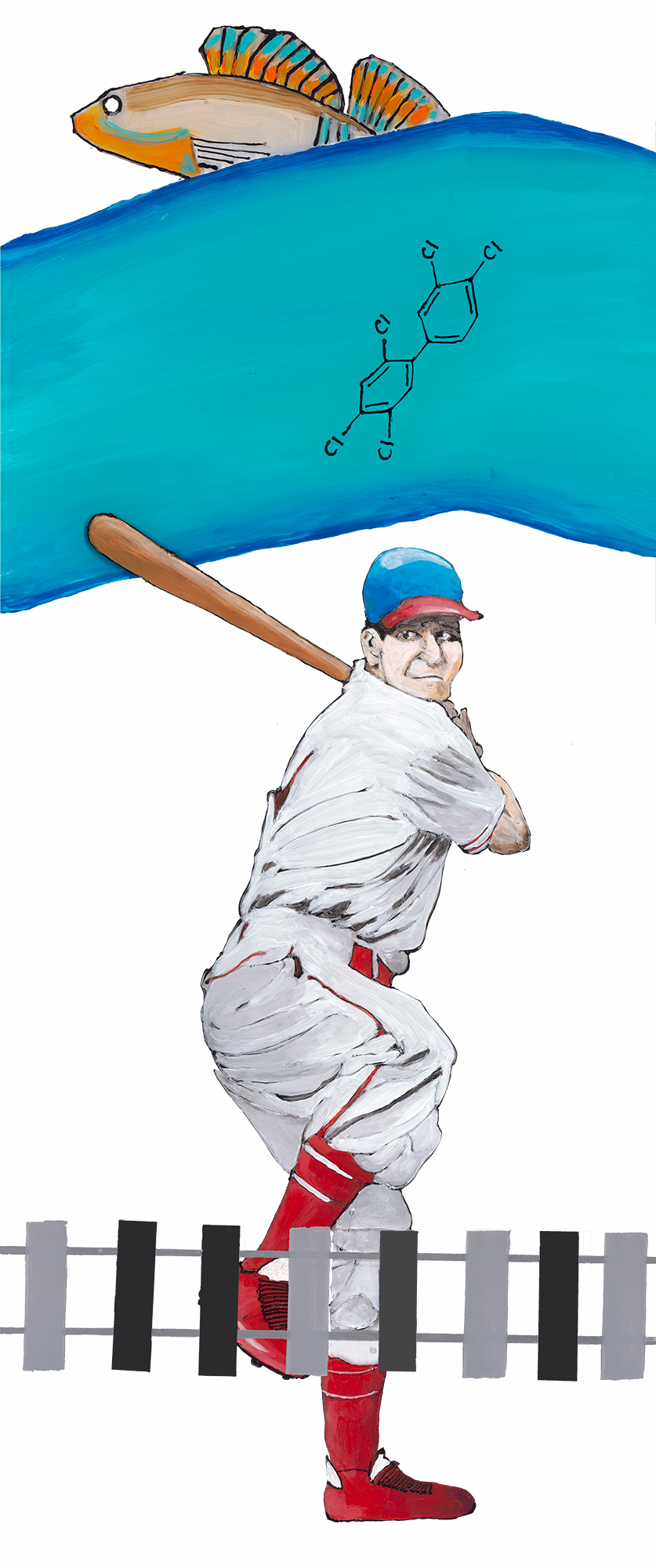
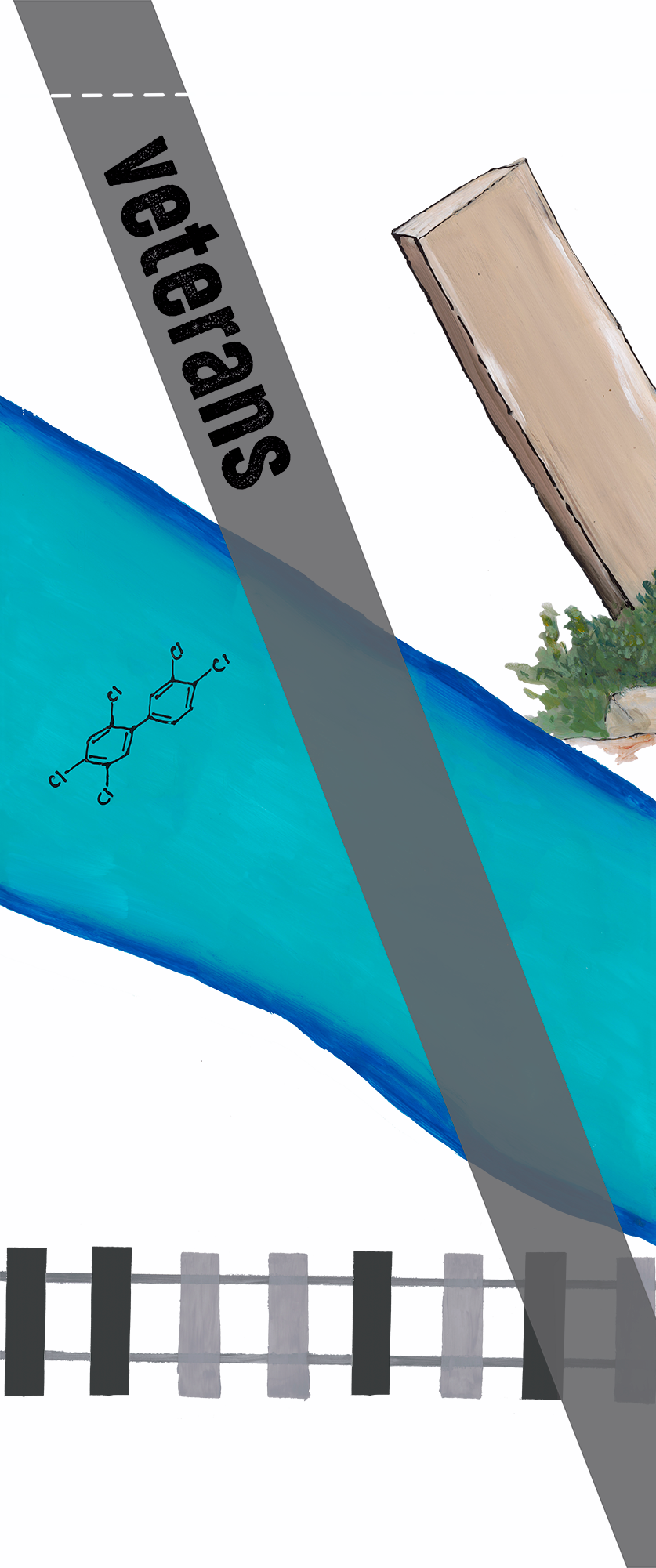
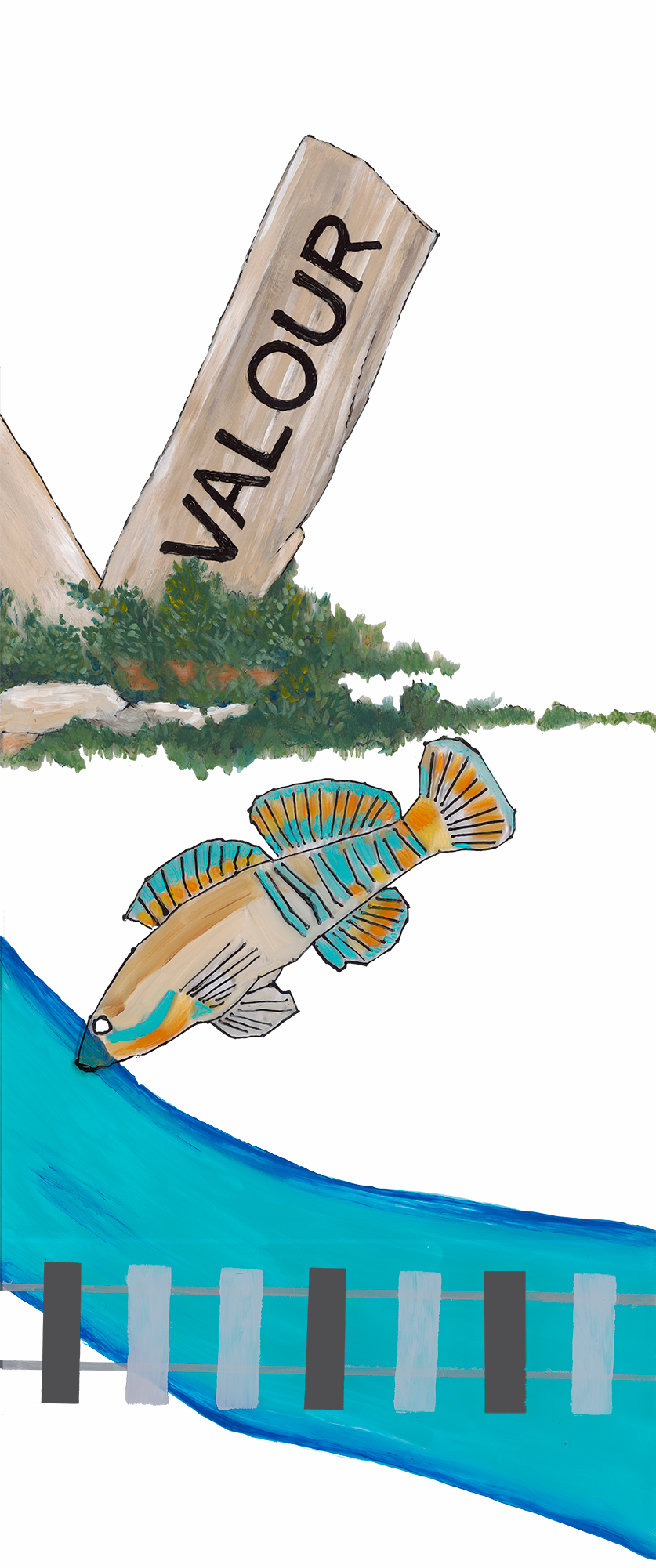
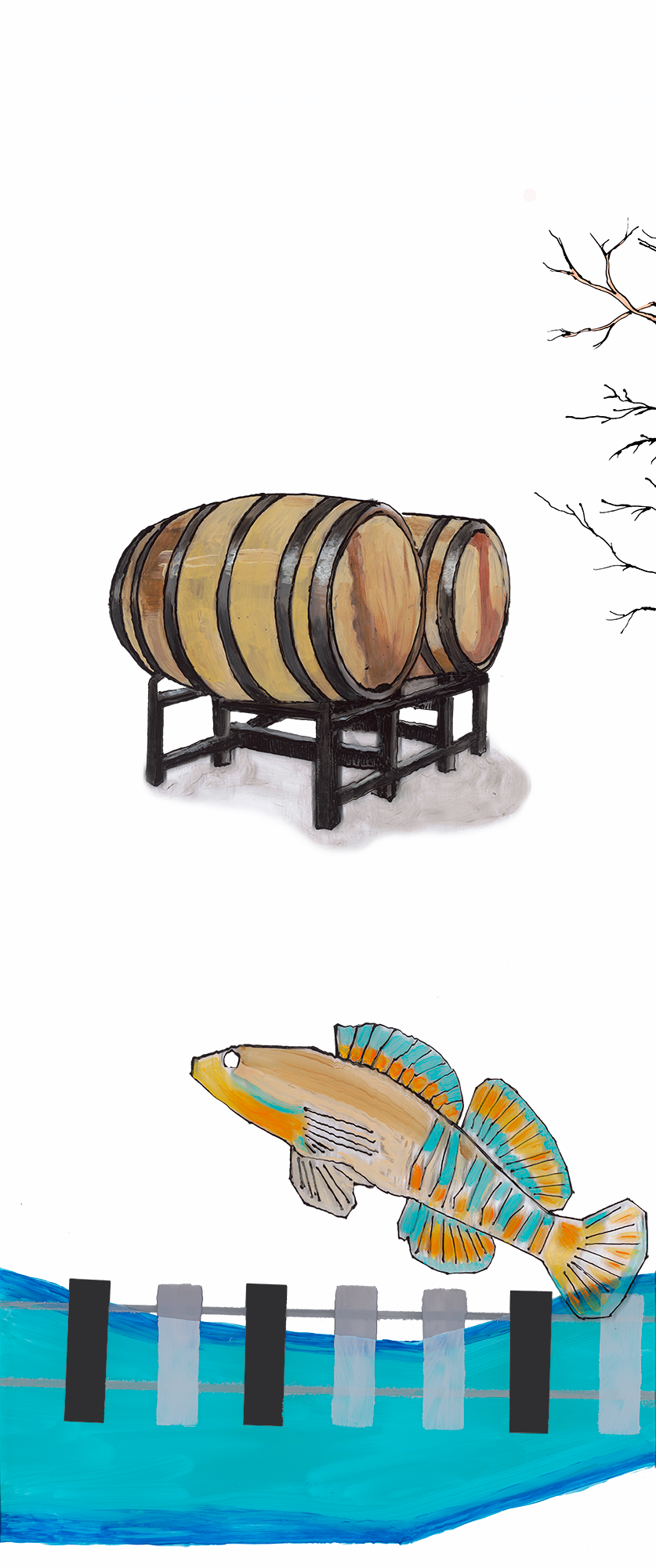
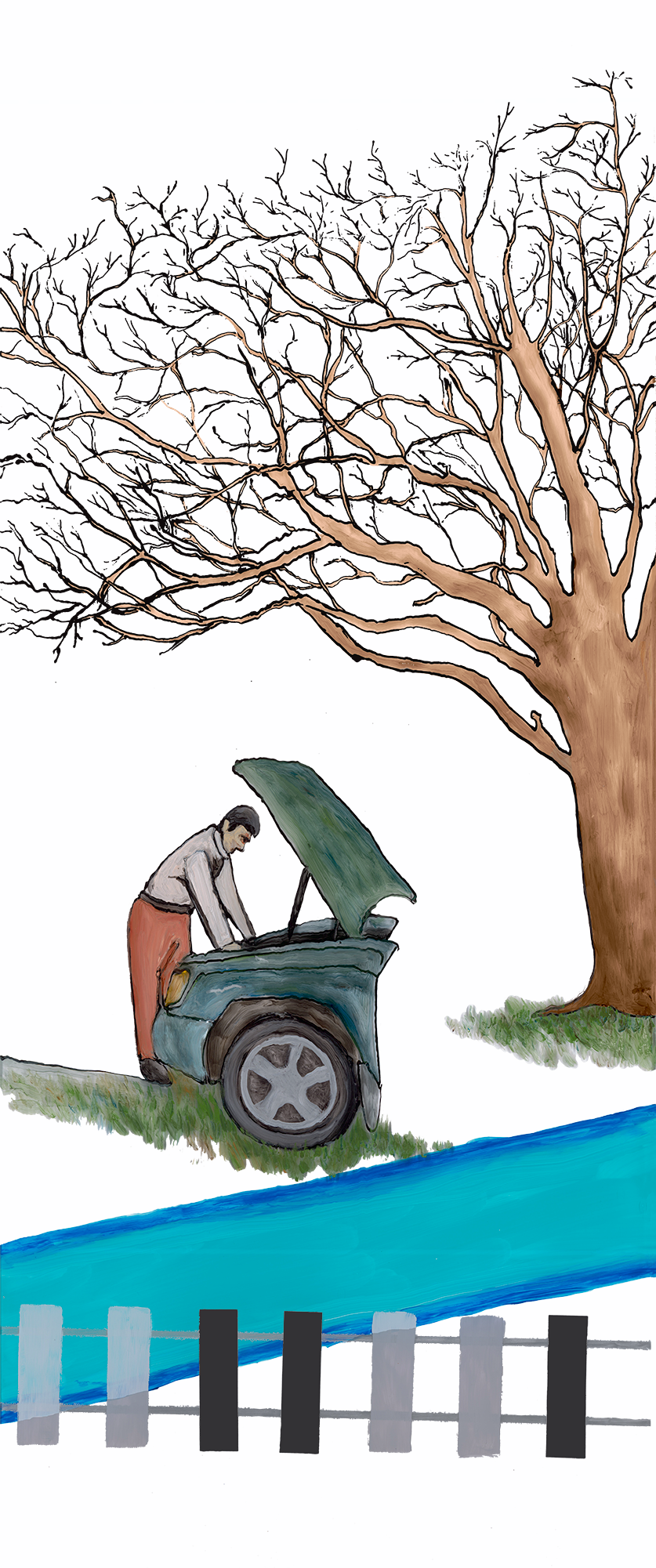
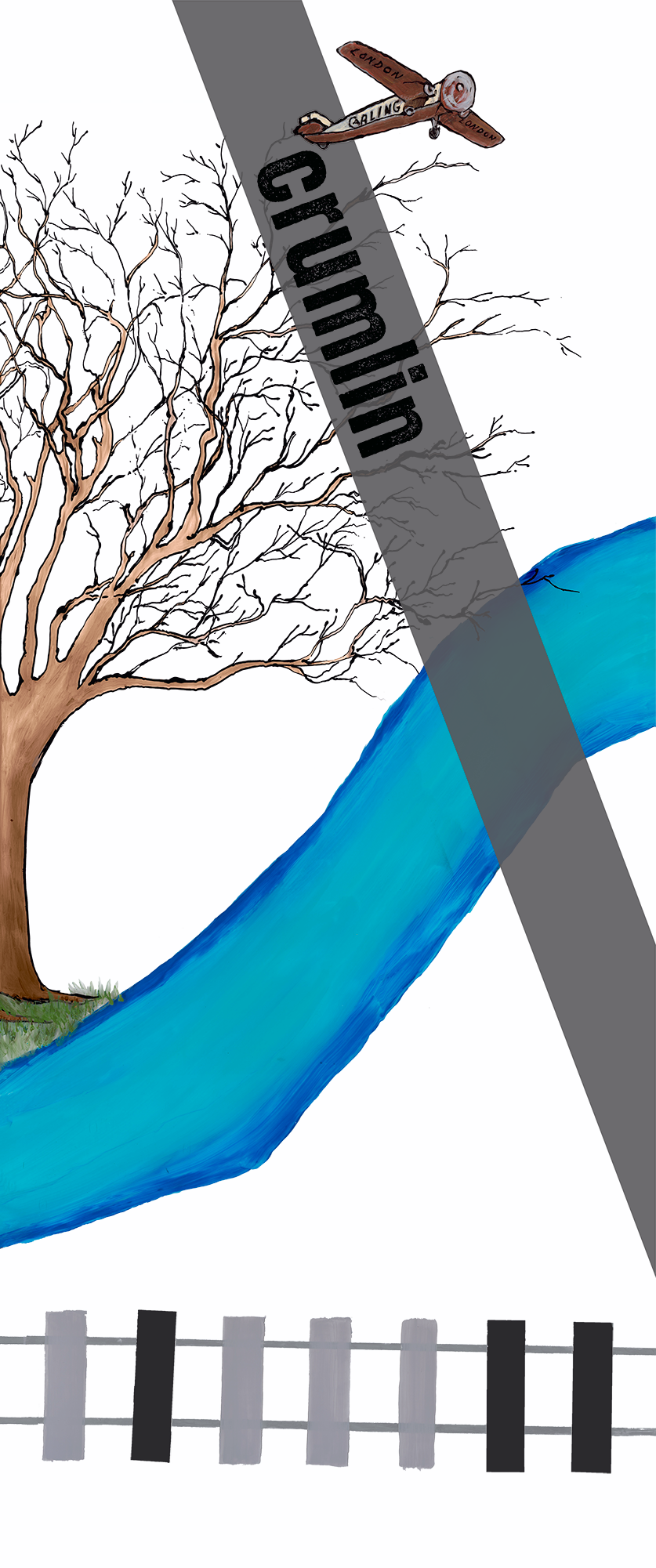
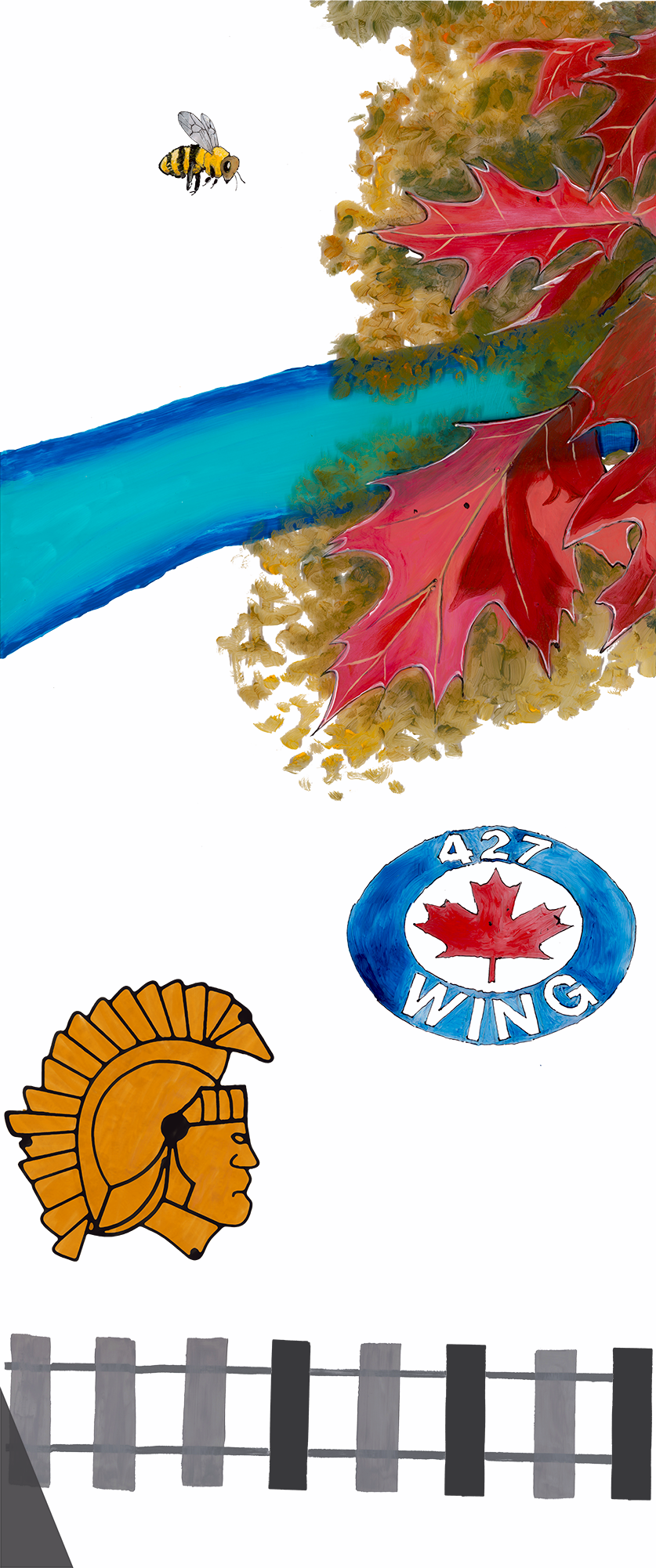
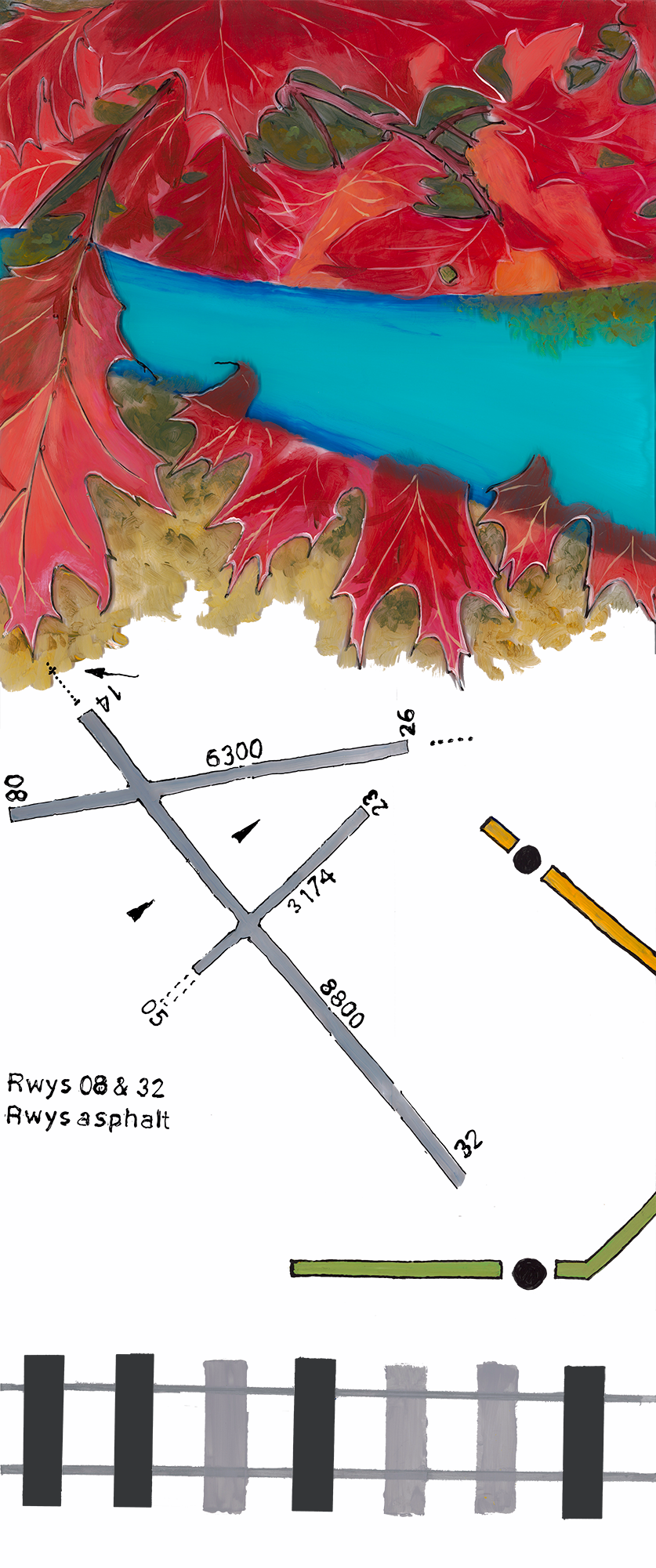
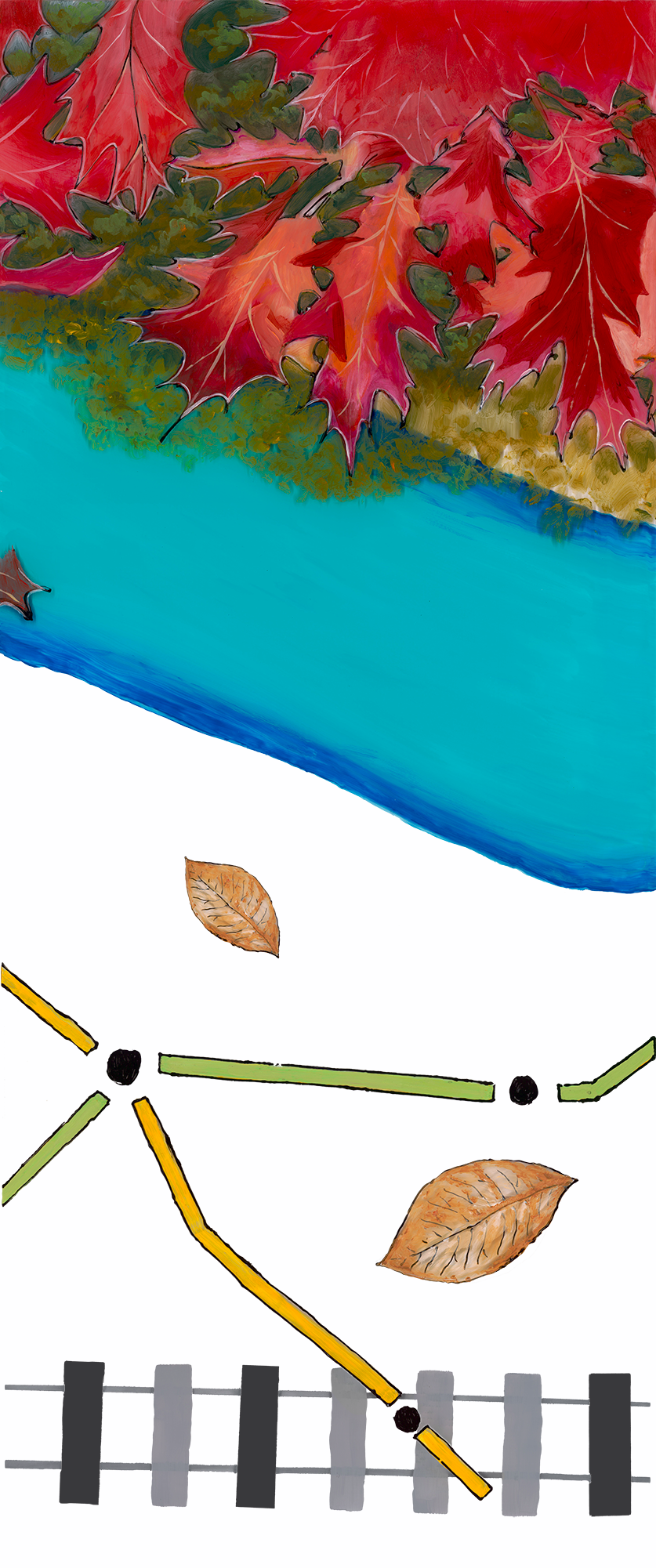
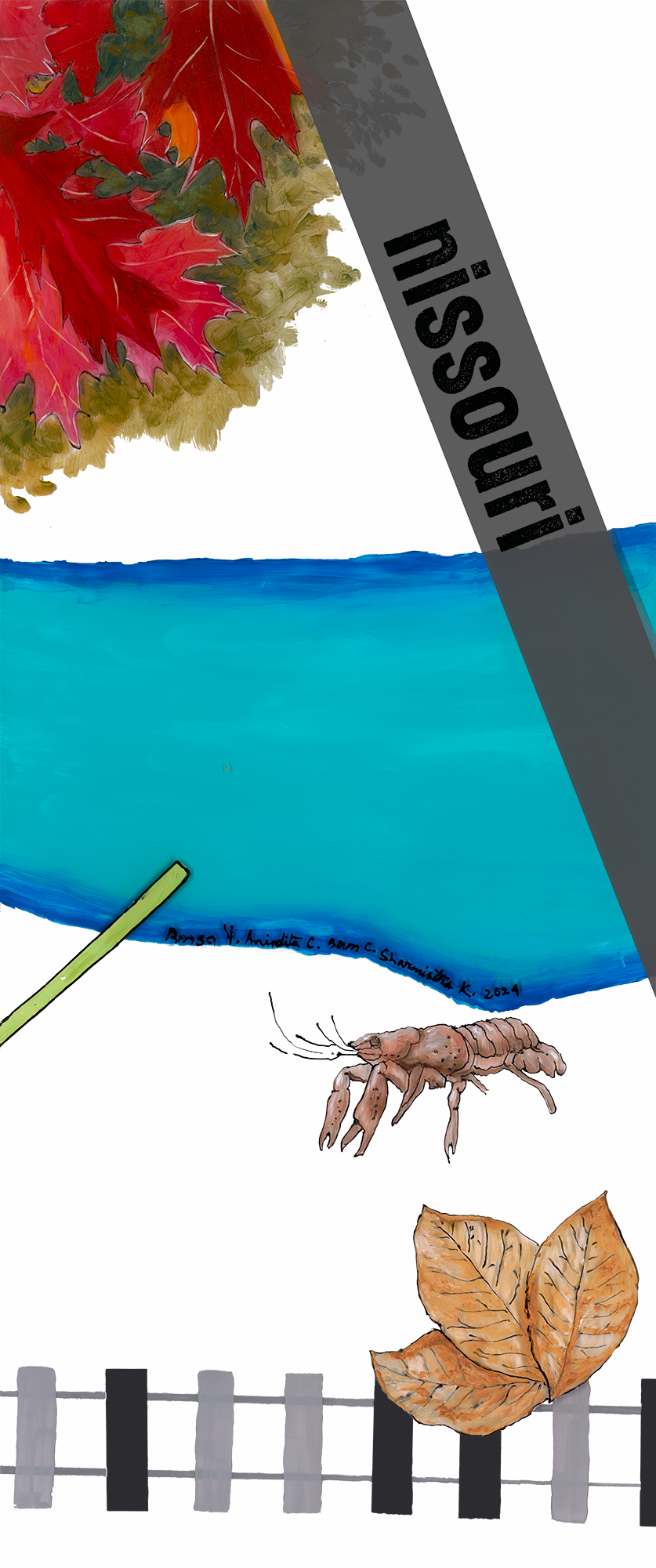
We acknowledge that we occupy the traditional lands and treaty territories of the Anishinaabek, Haudenosaunee, Lūnaapéewak, Chonnonton and Attawandaron. We recognize these communities as the traditional stewards of the land and are vital contributors to our contemporary society. We would also like to specifically acknowledge that the City of London has three neighbouring Indigenous communities, the Chippewas of the Thames First Nation, Oneida Nation of the Thames, and the Munsee-Delaware Nation, as well as urban Inuit, First Nations, and Métis peoples.
It is through this acknowledgement that we hope to build a way forward that can allow all of this nation’s people to live in harmony with dignity and respect.
